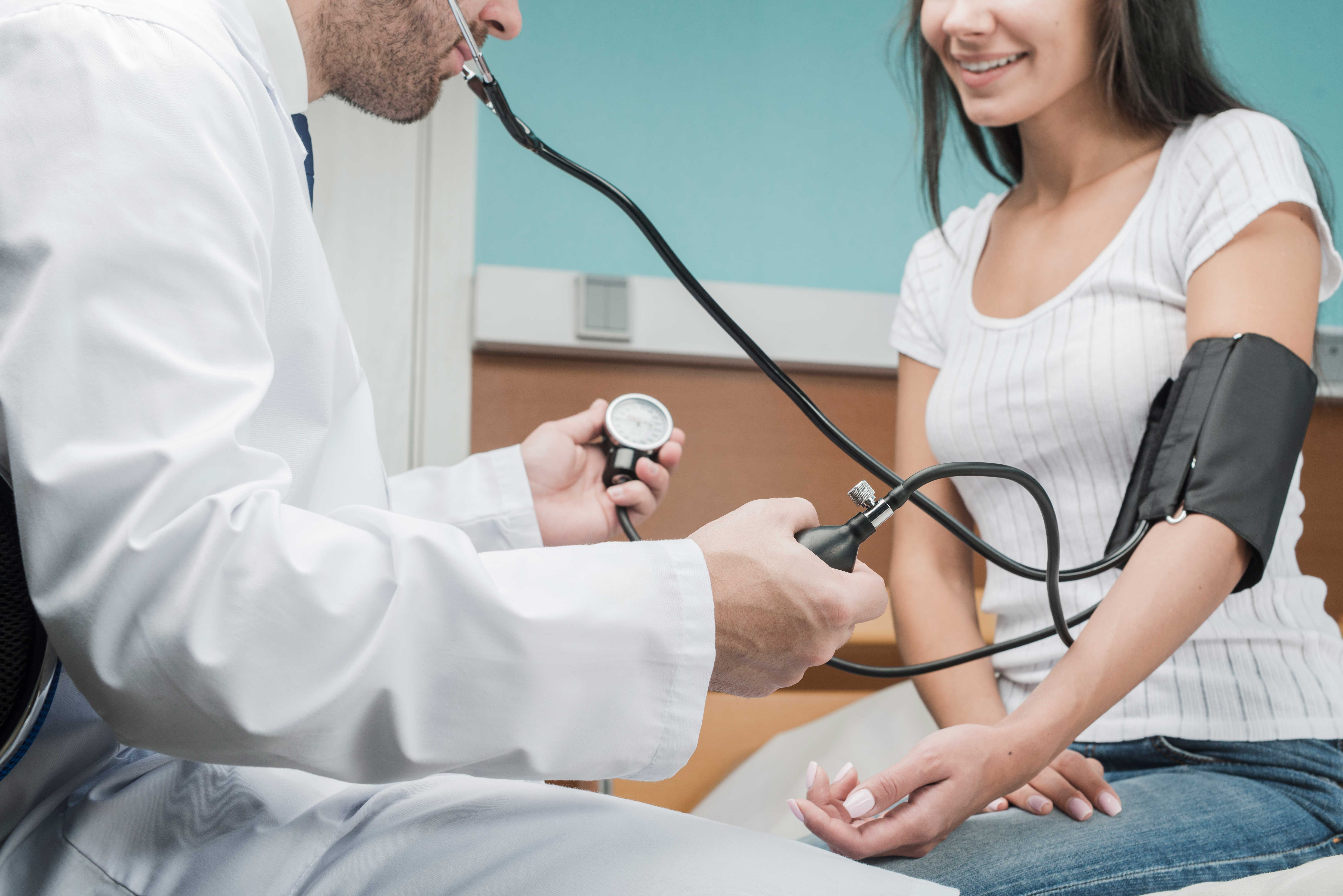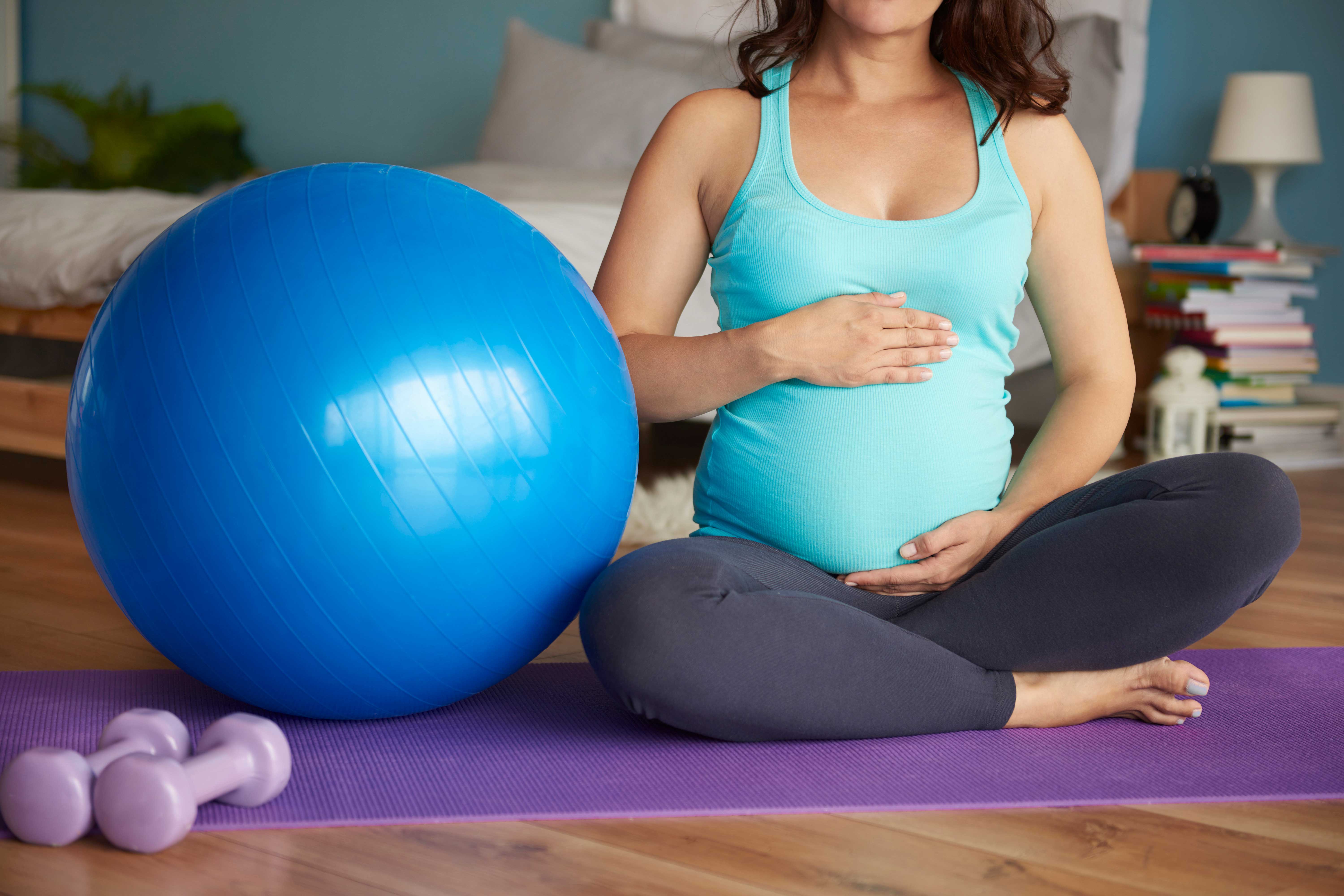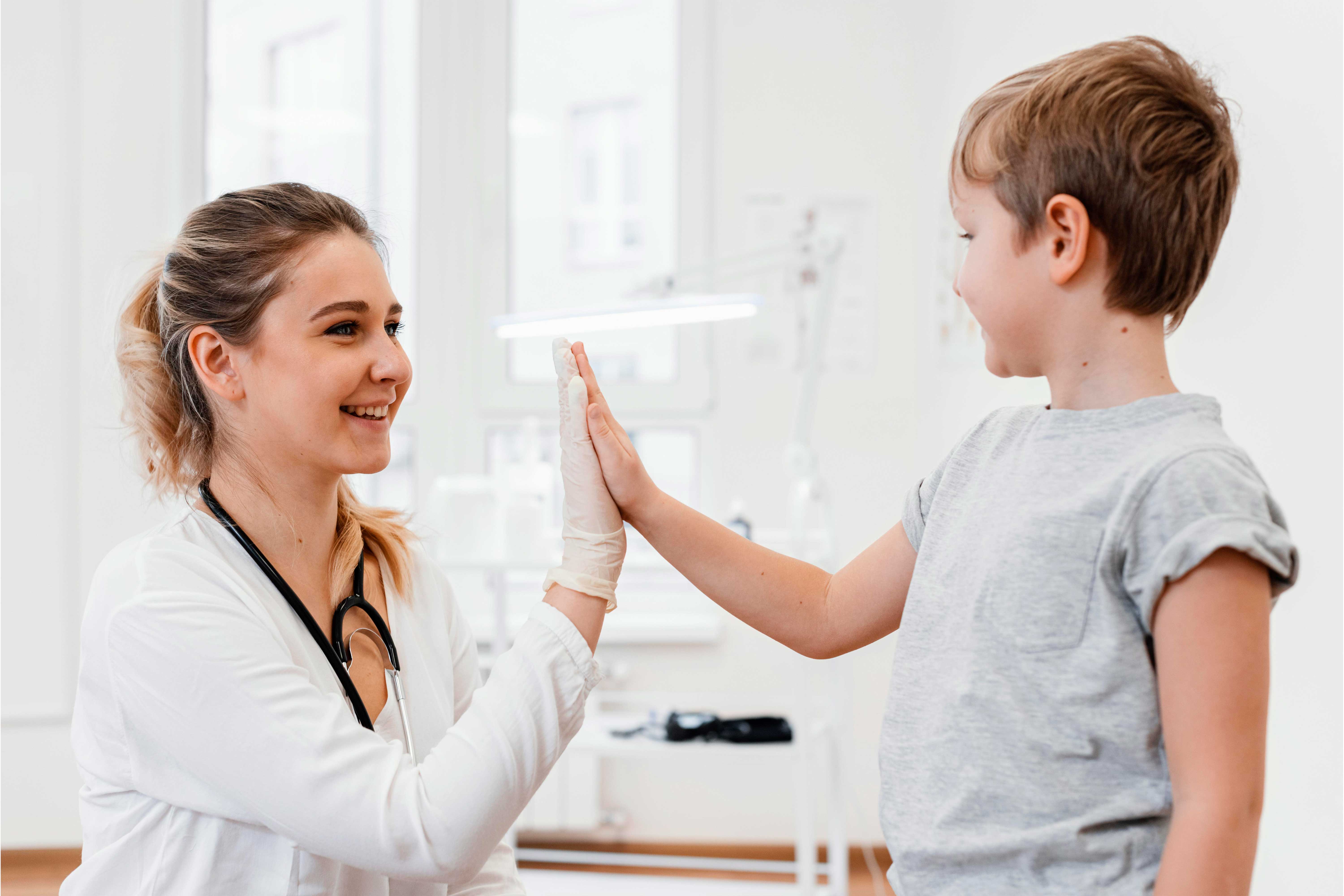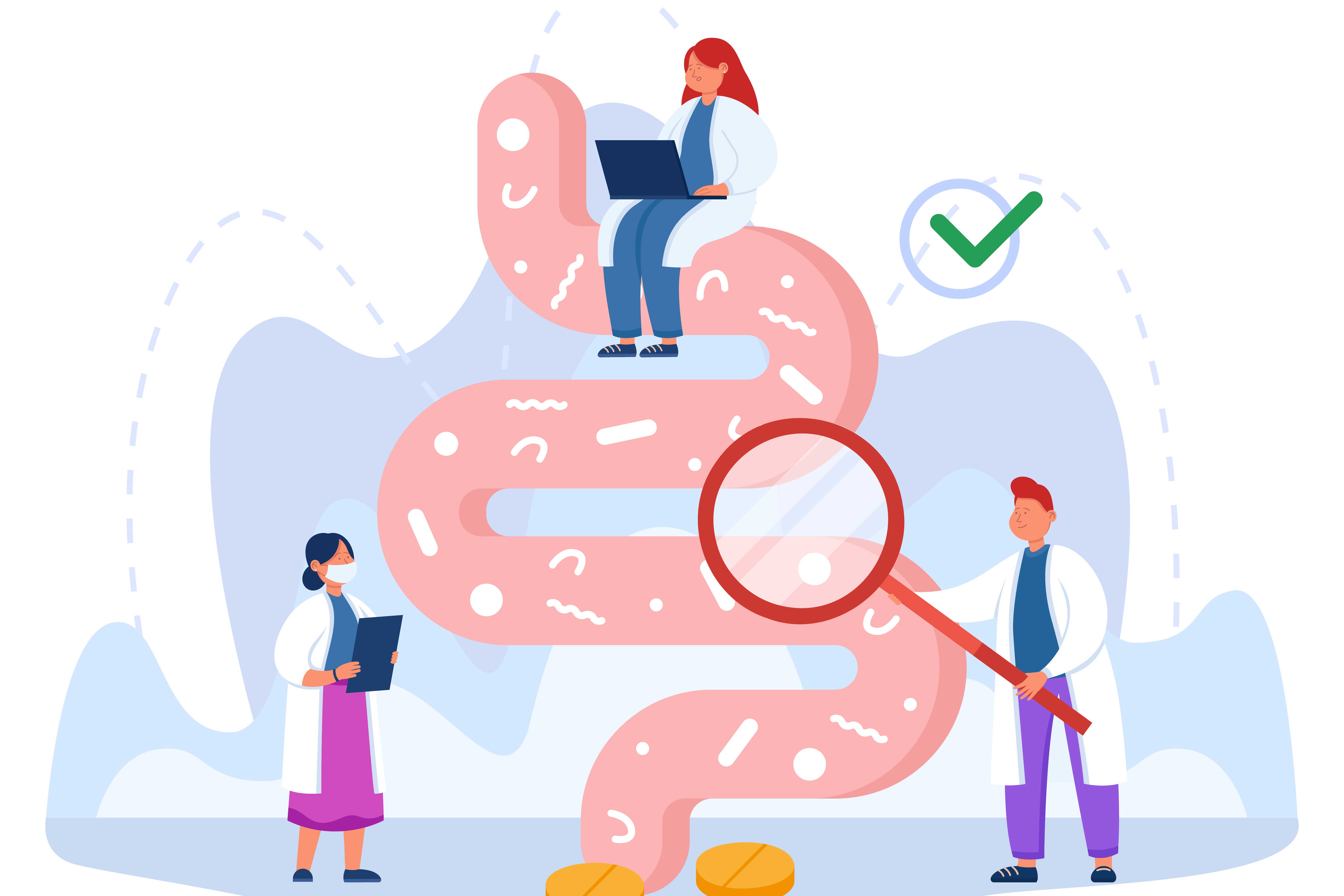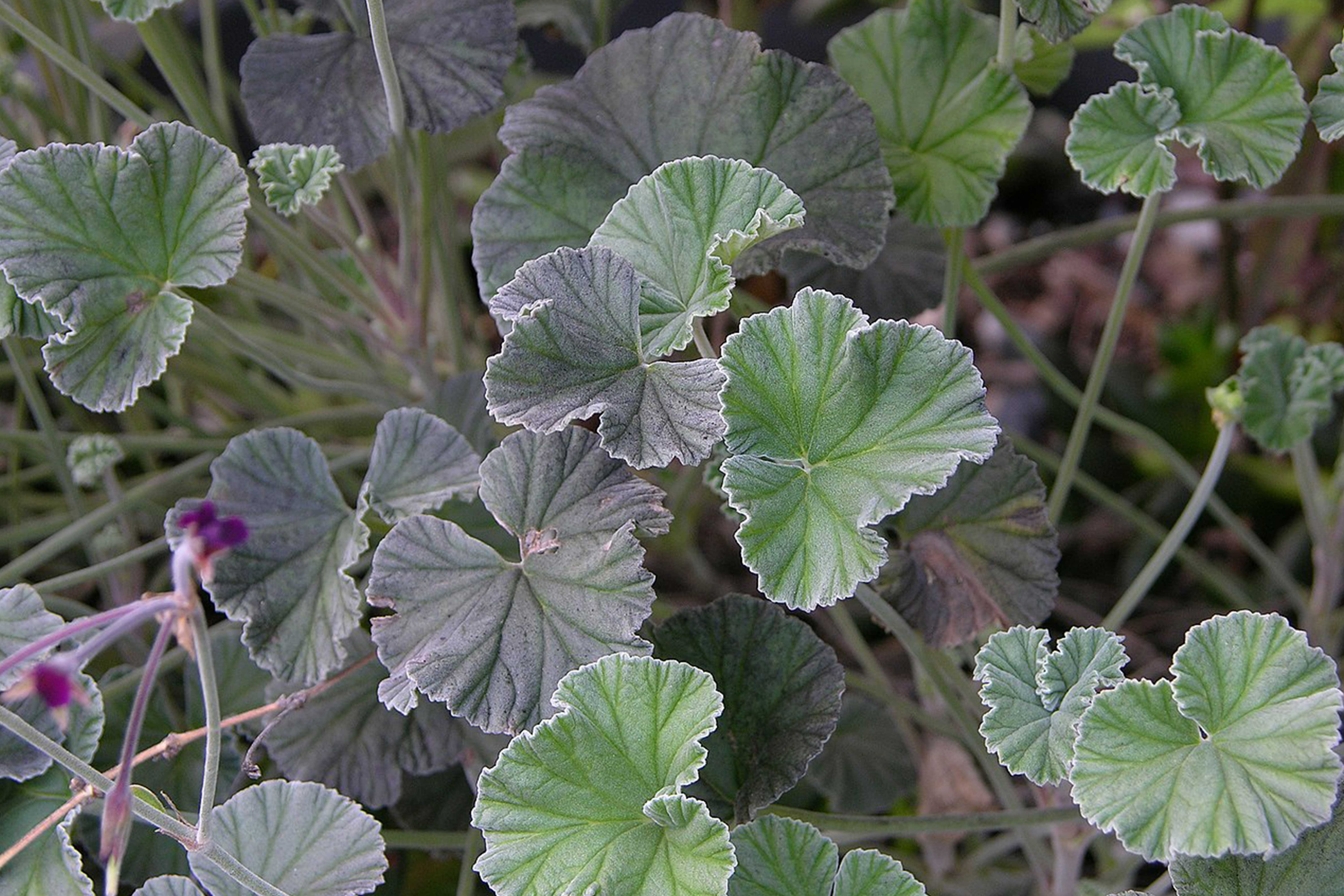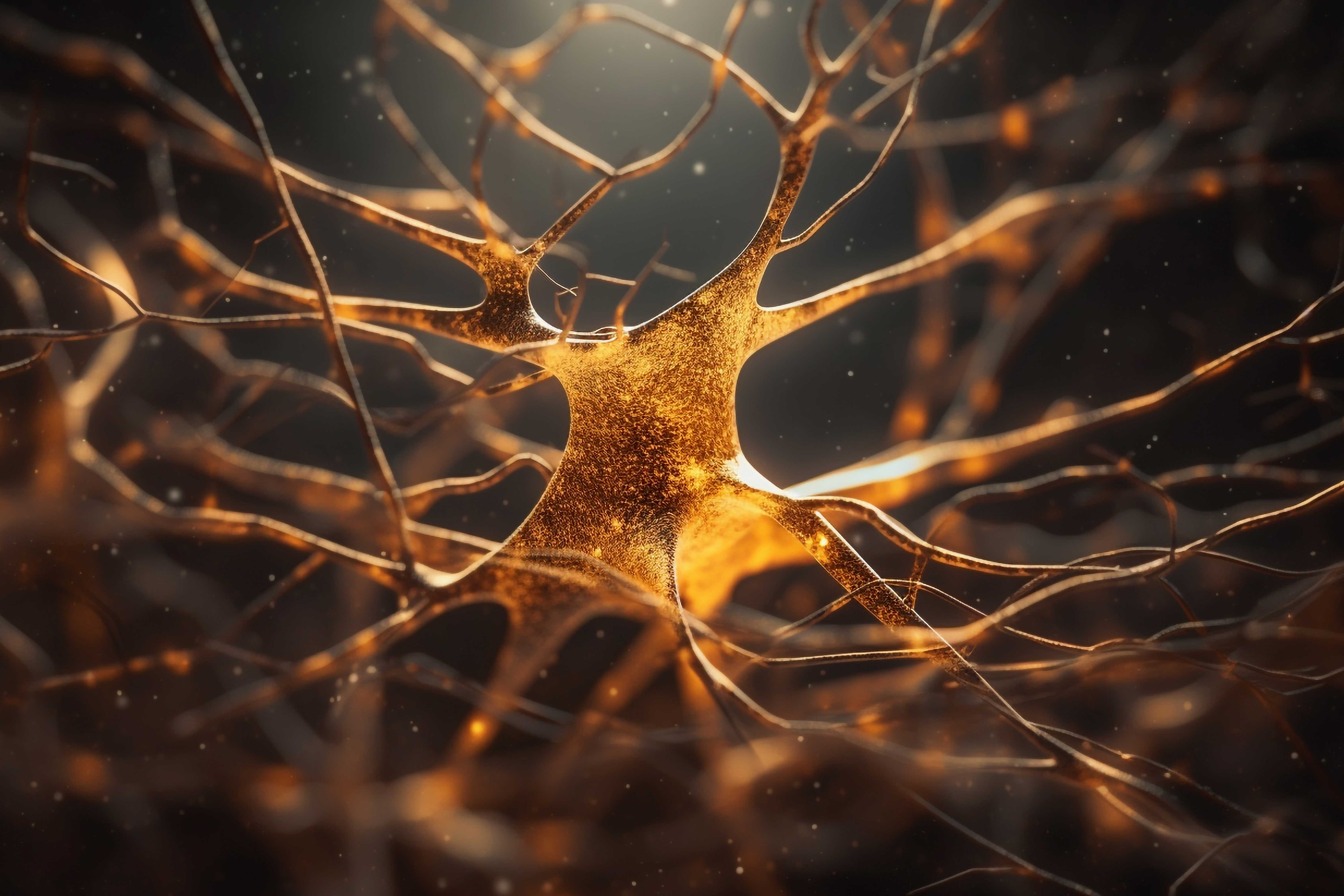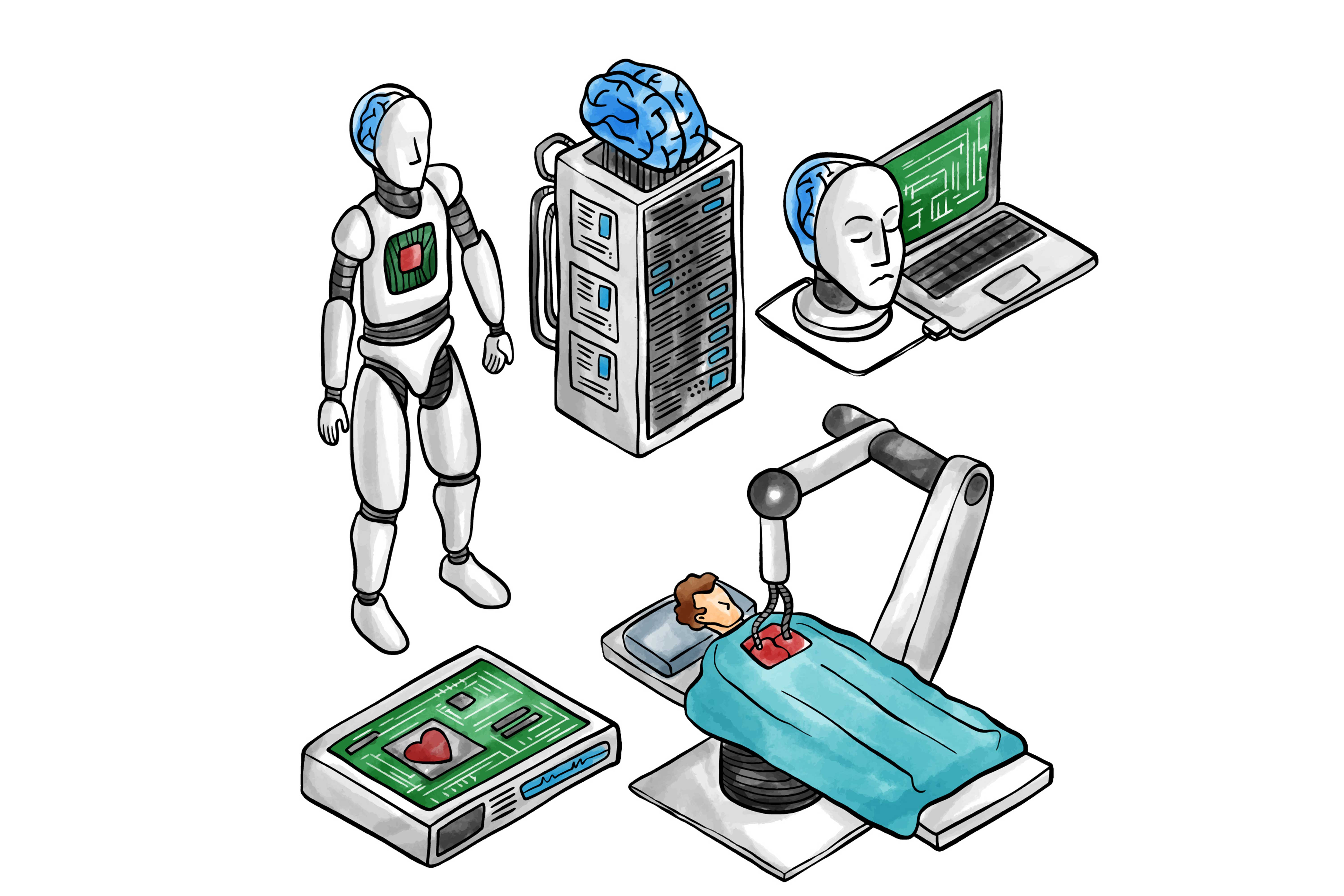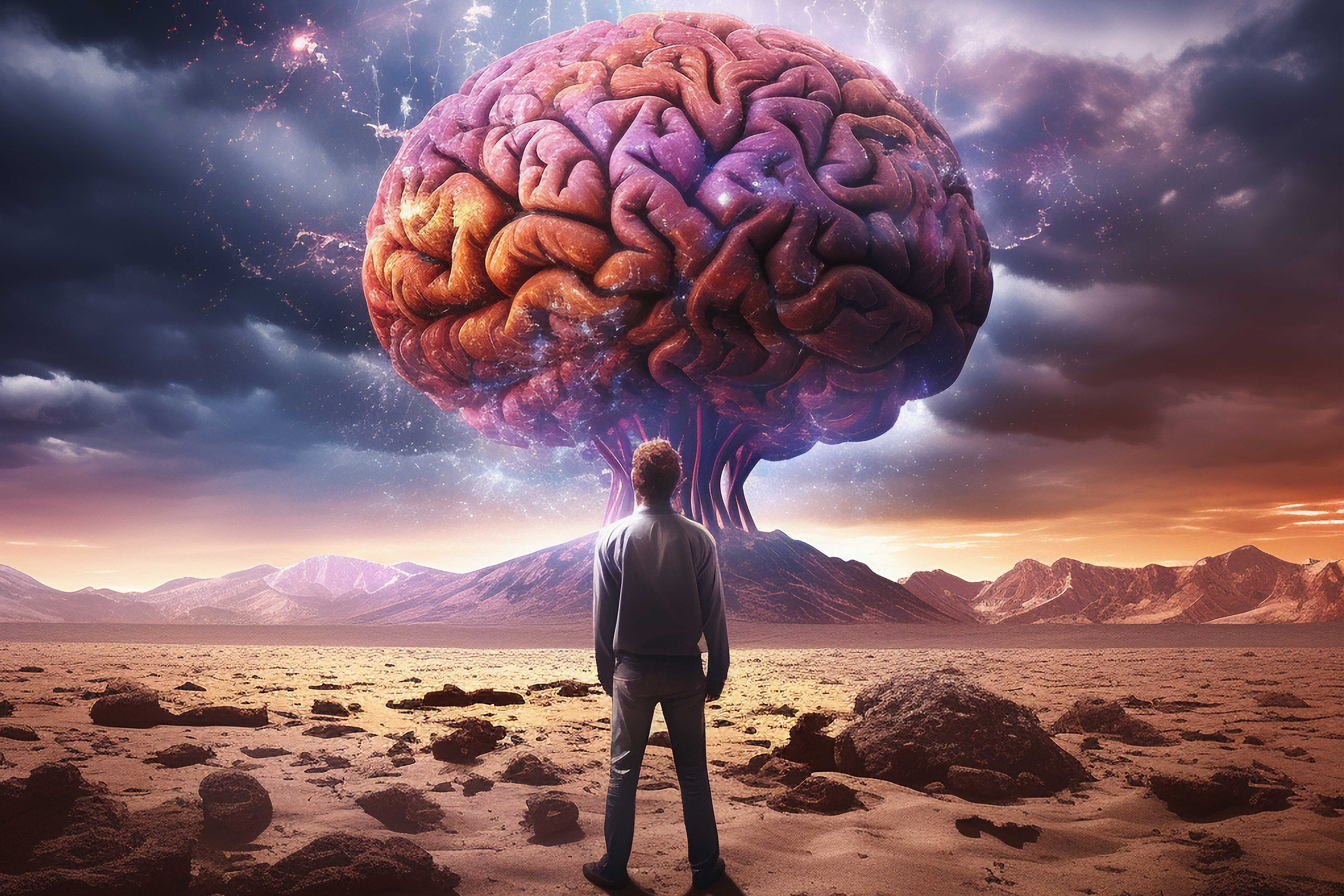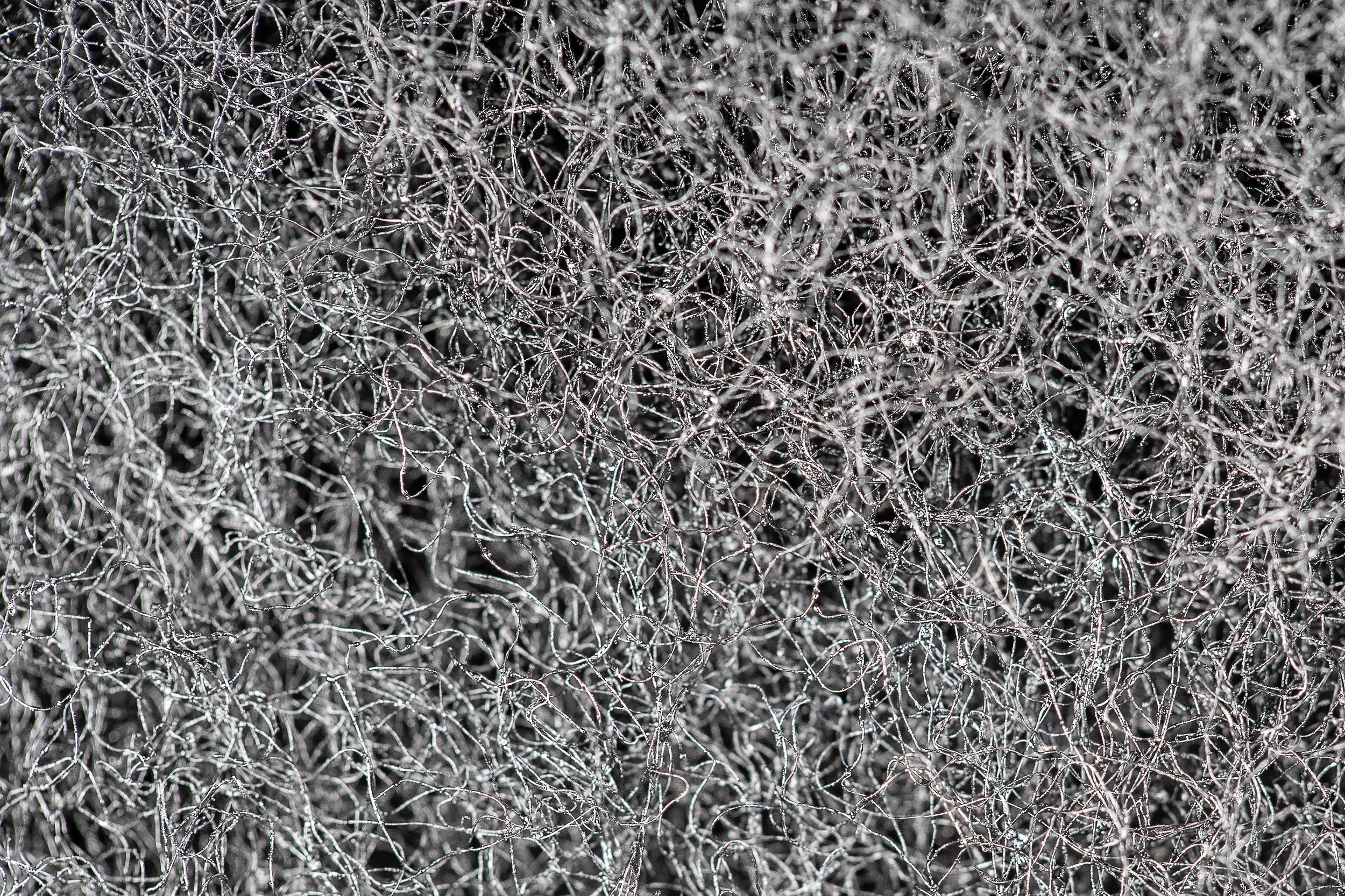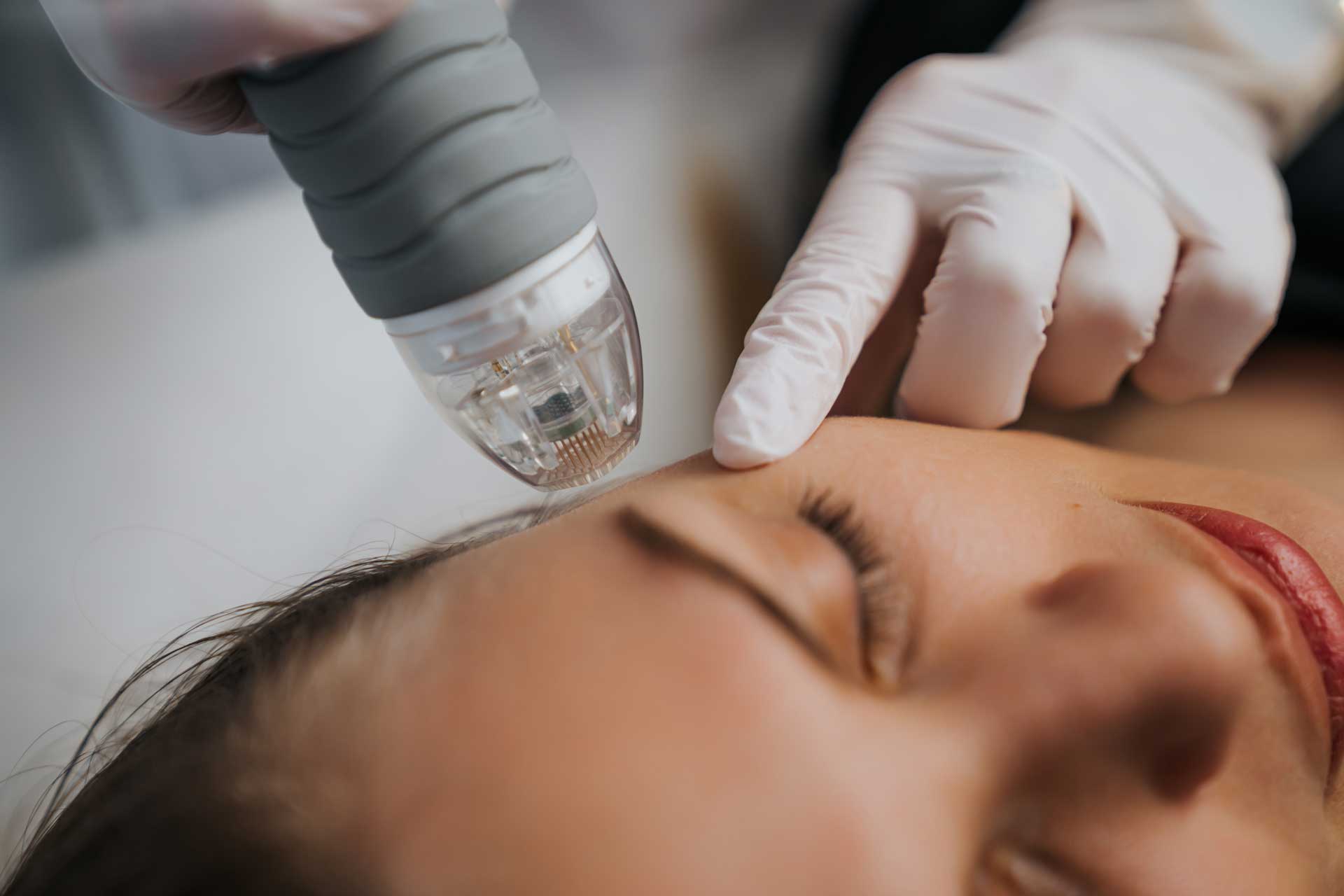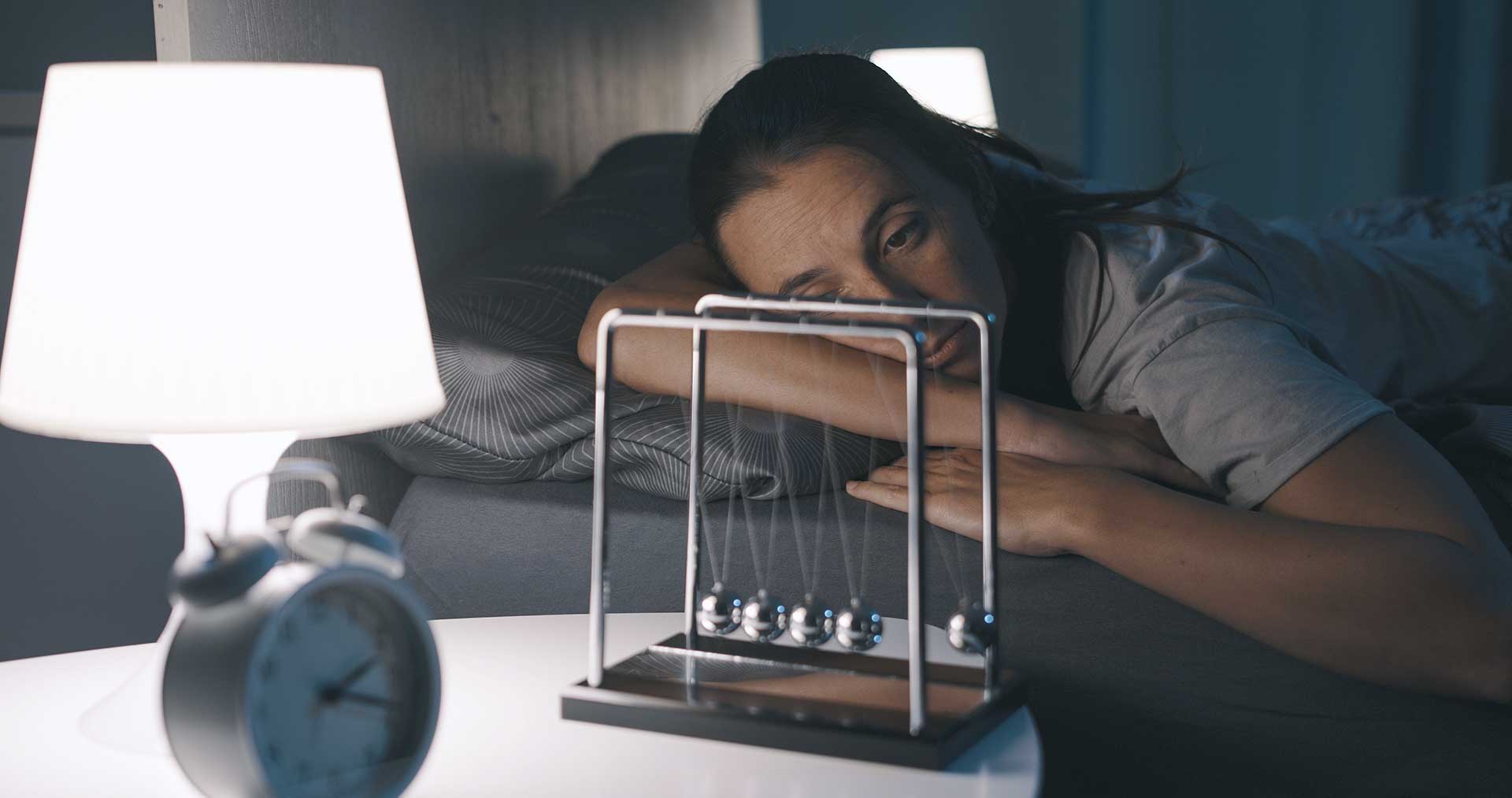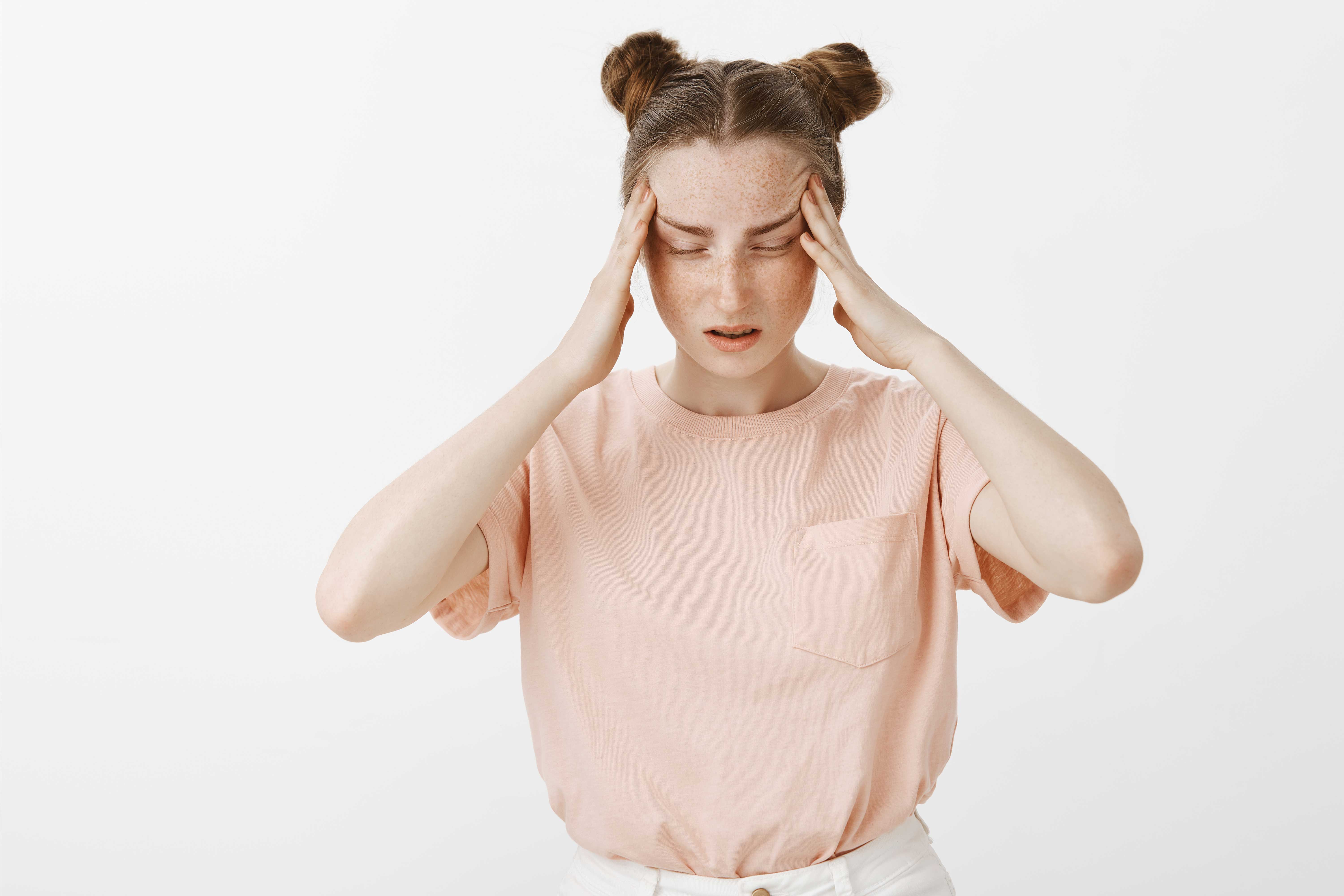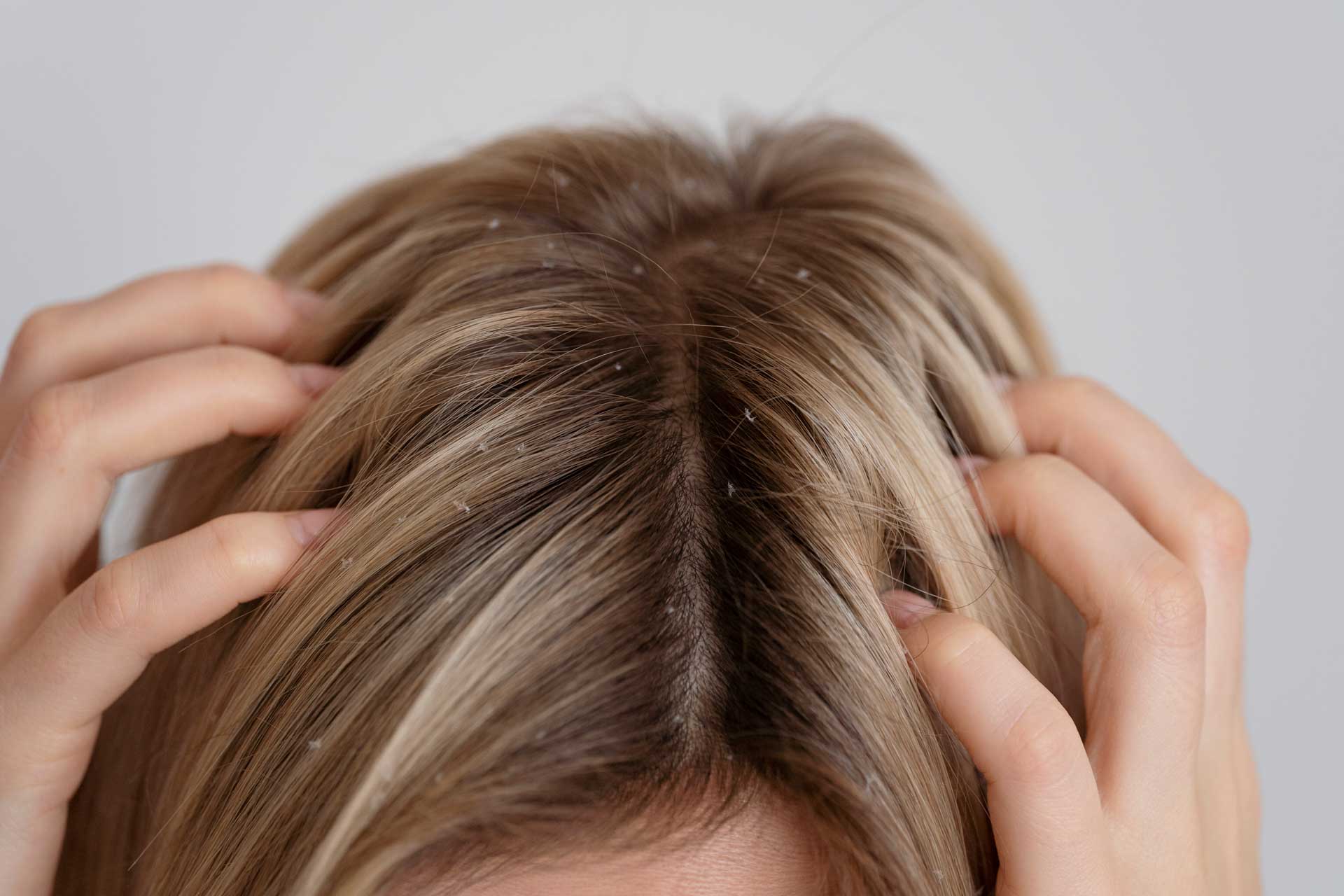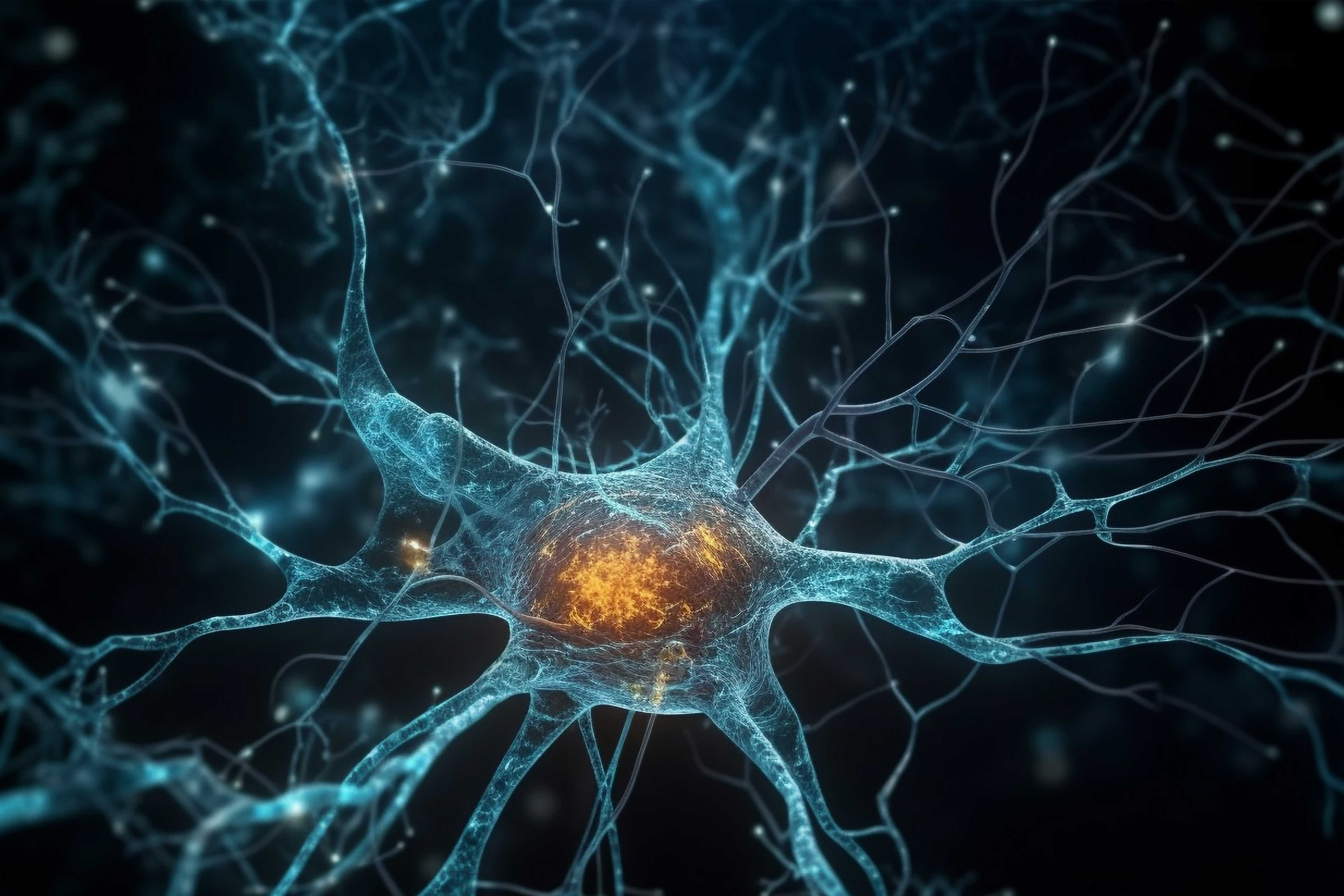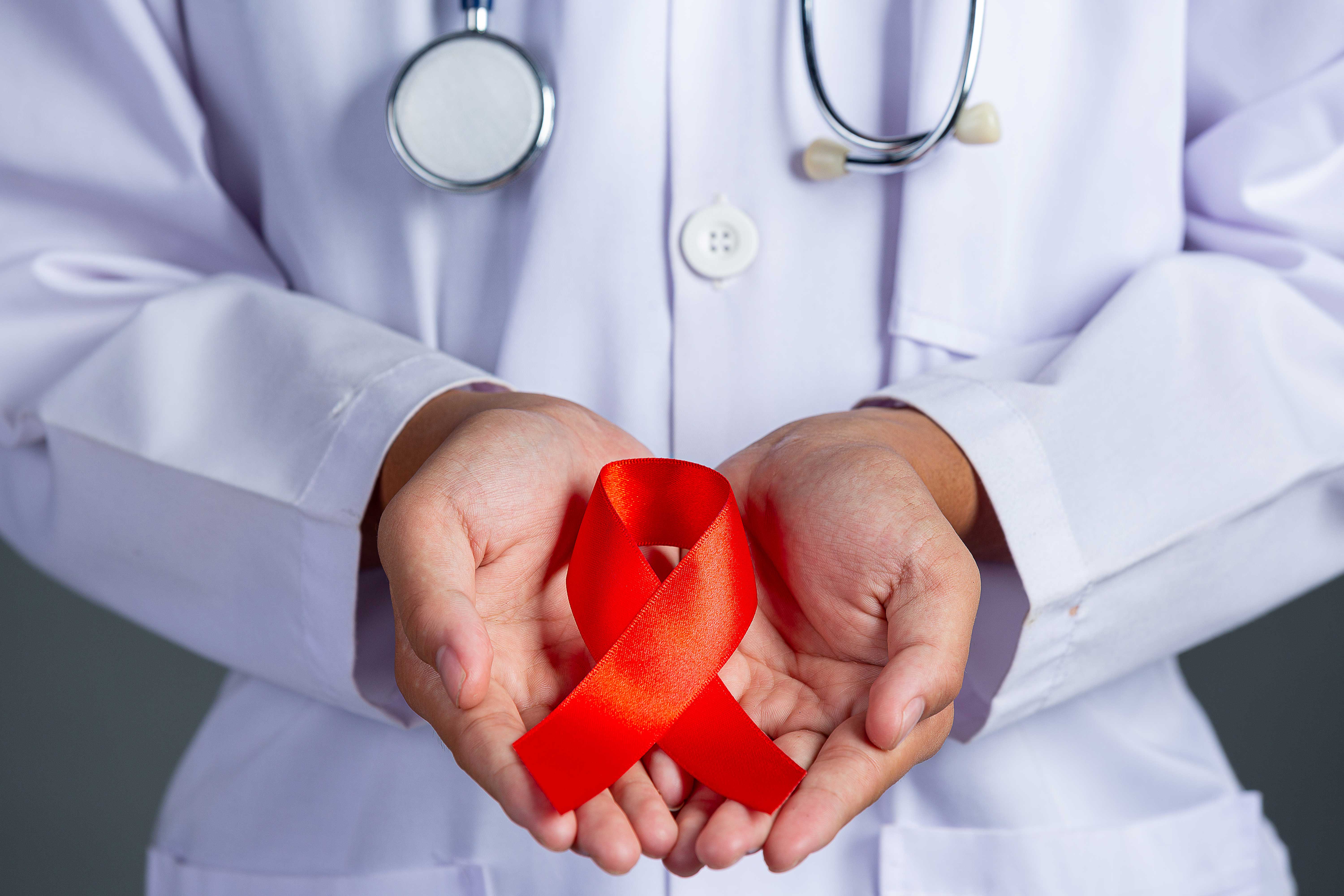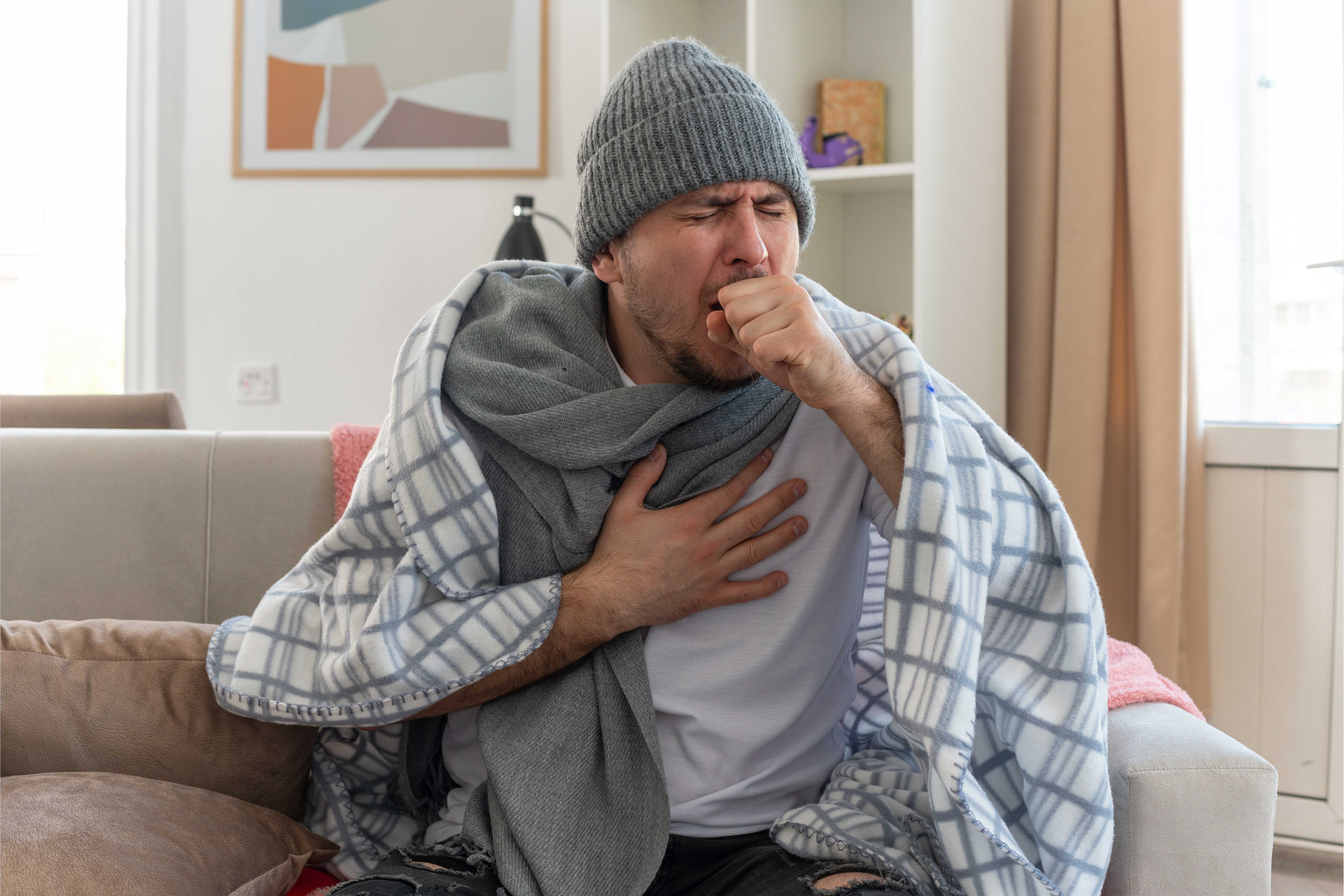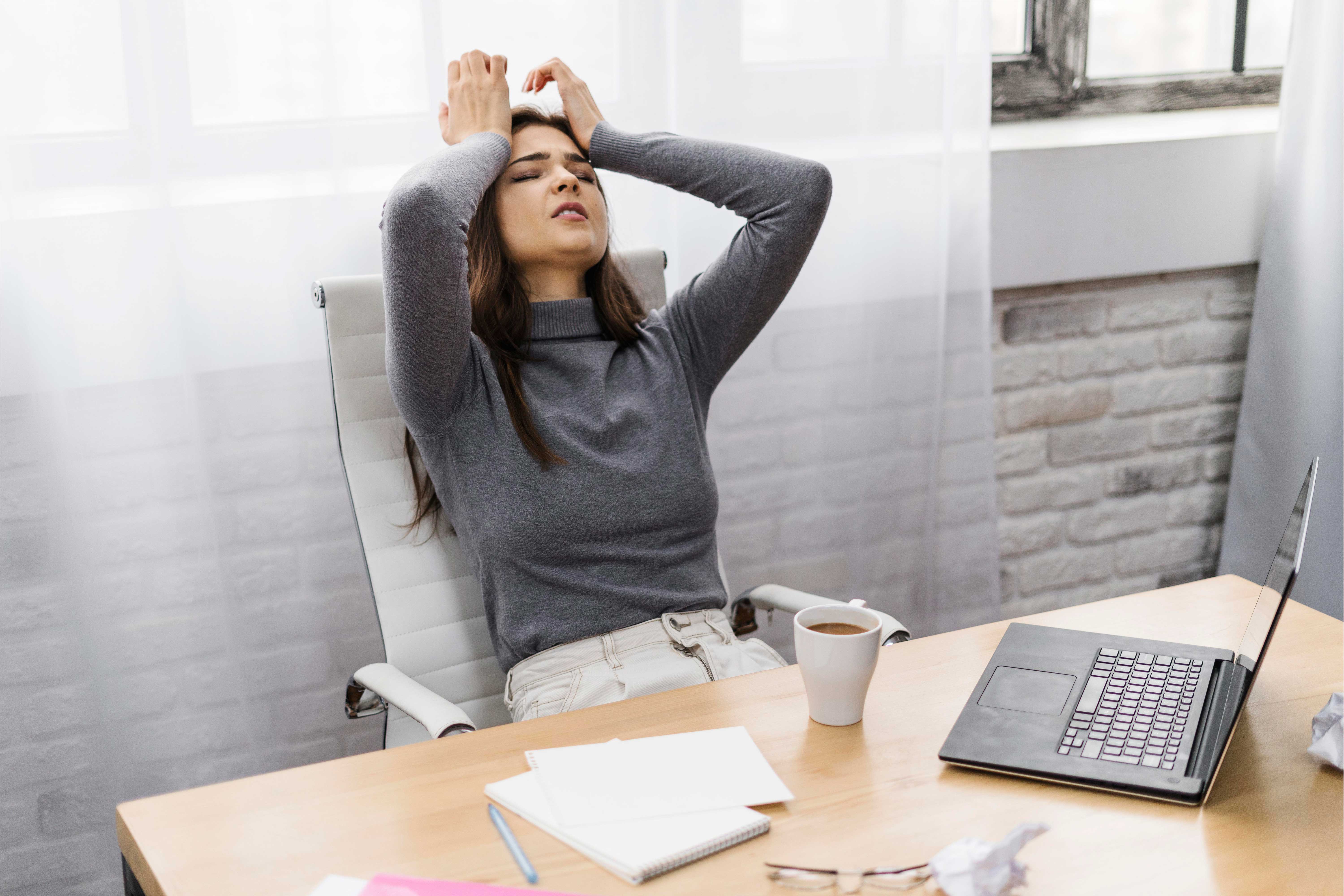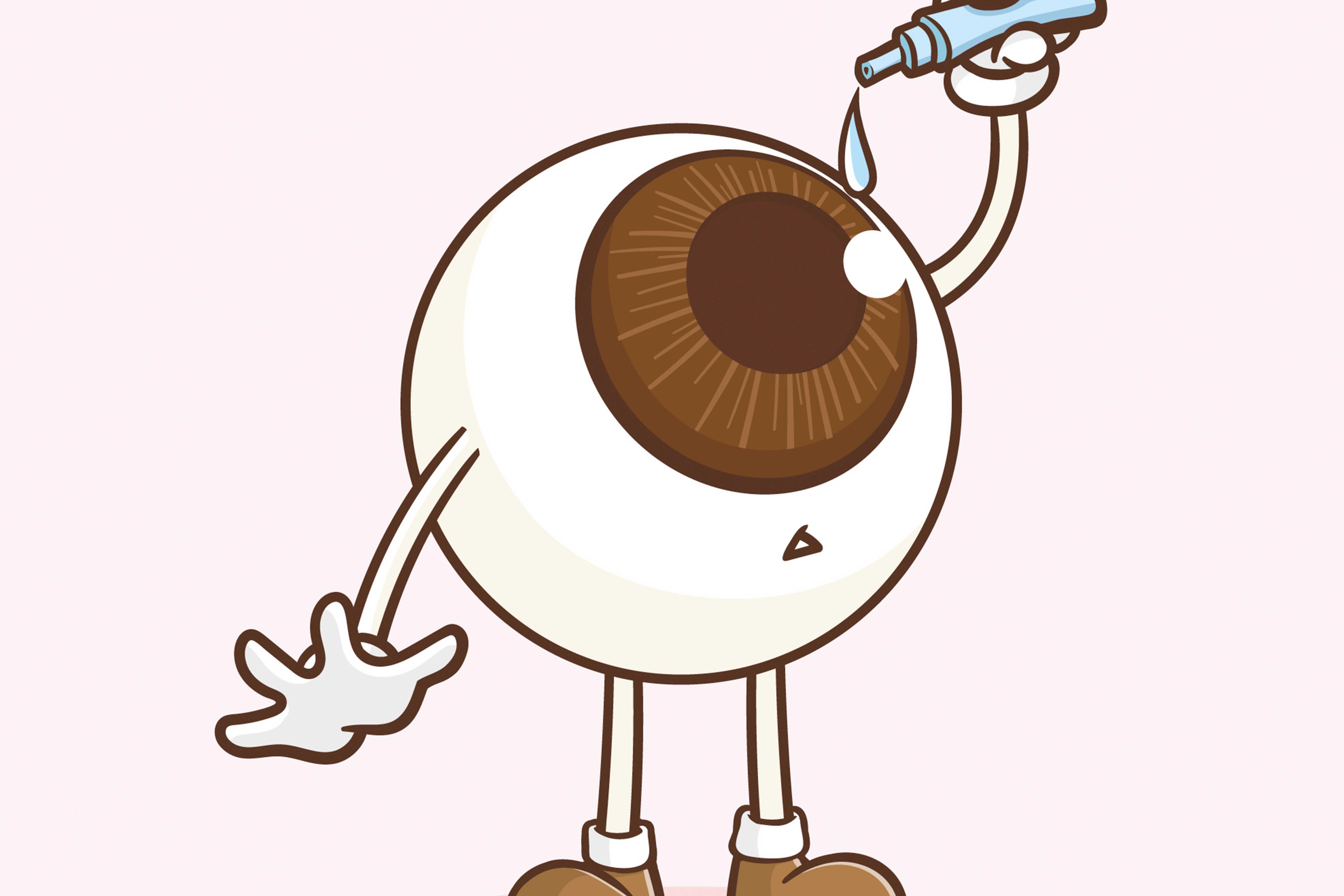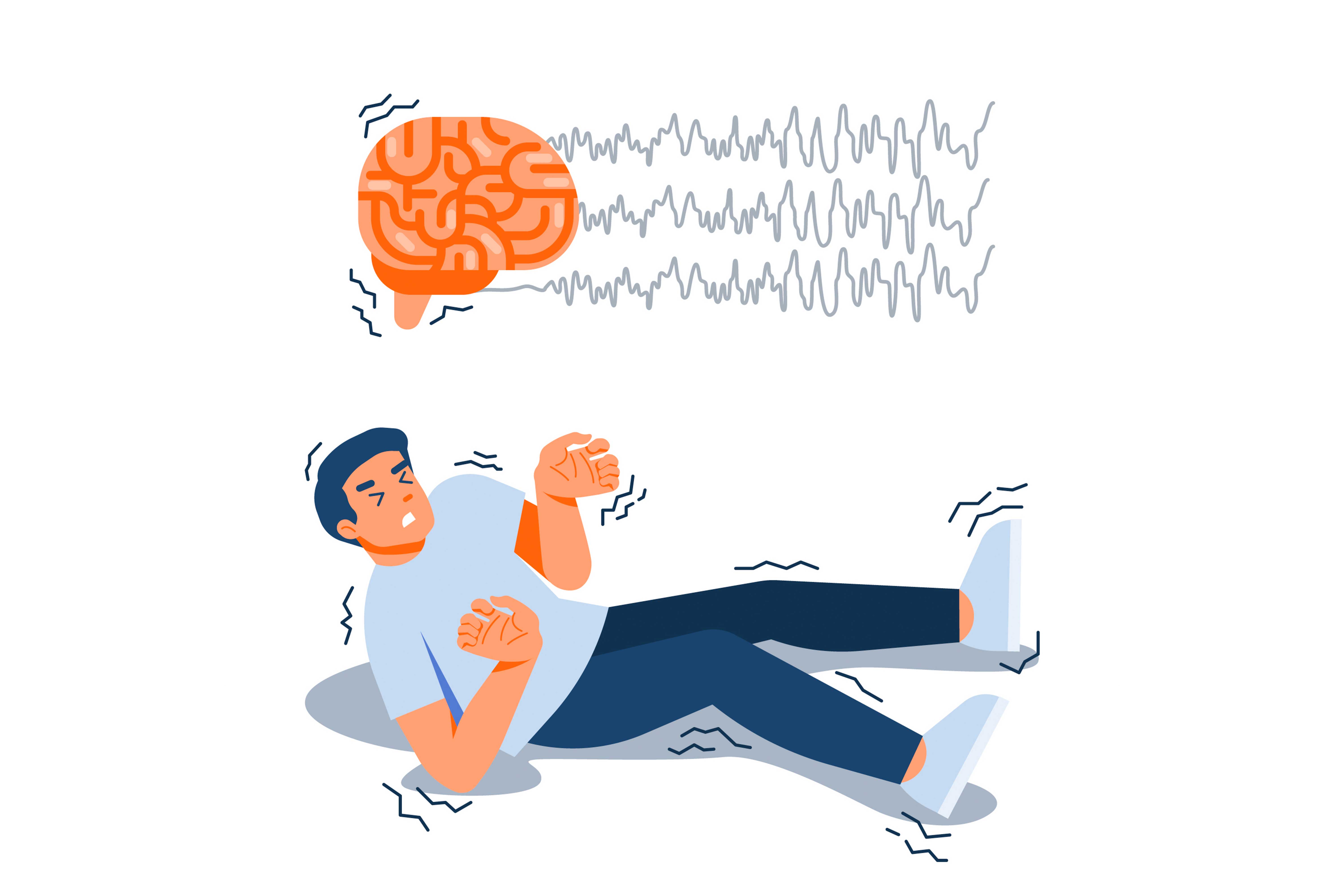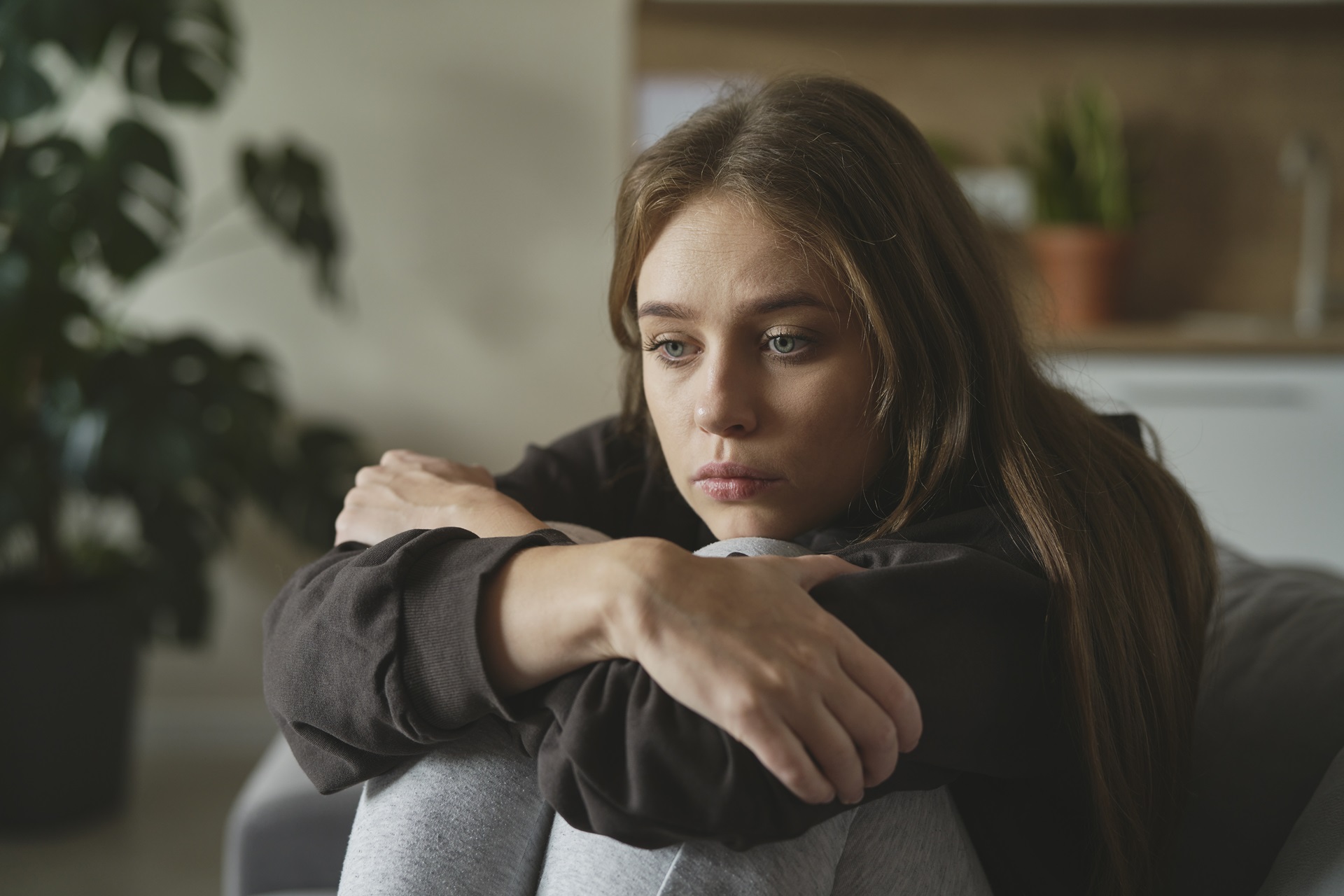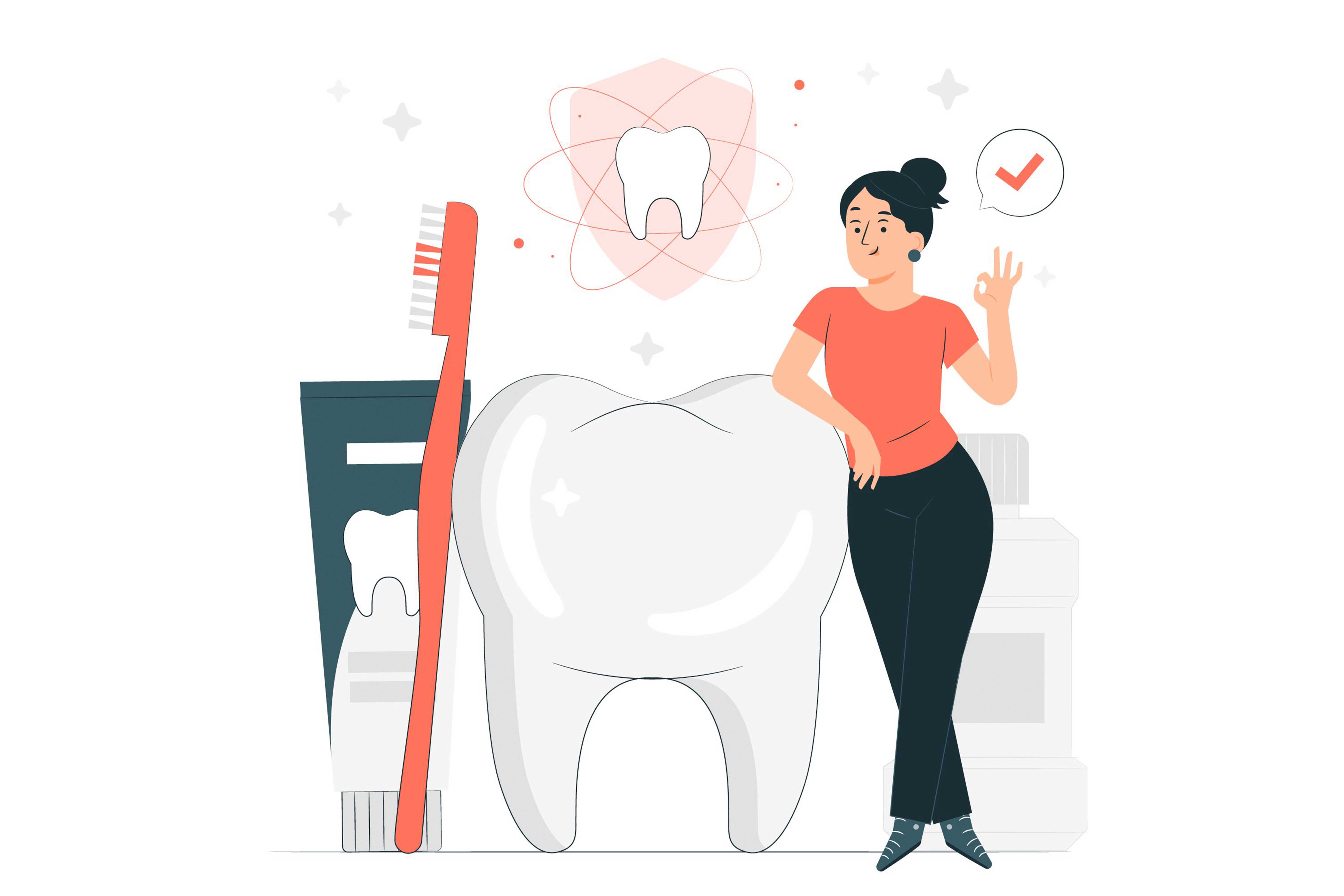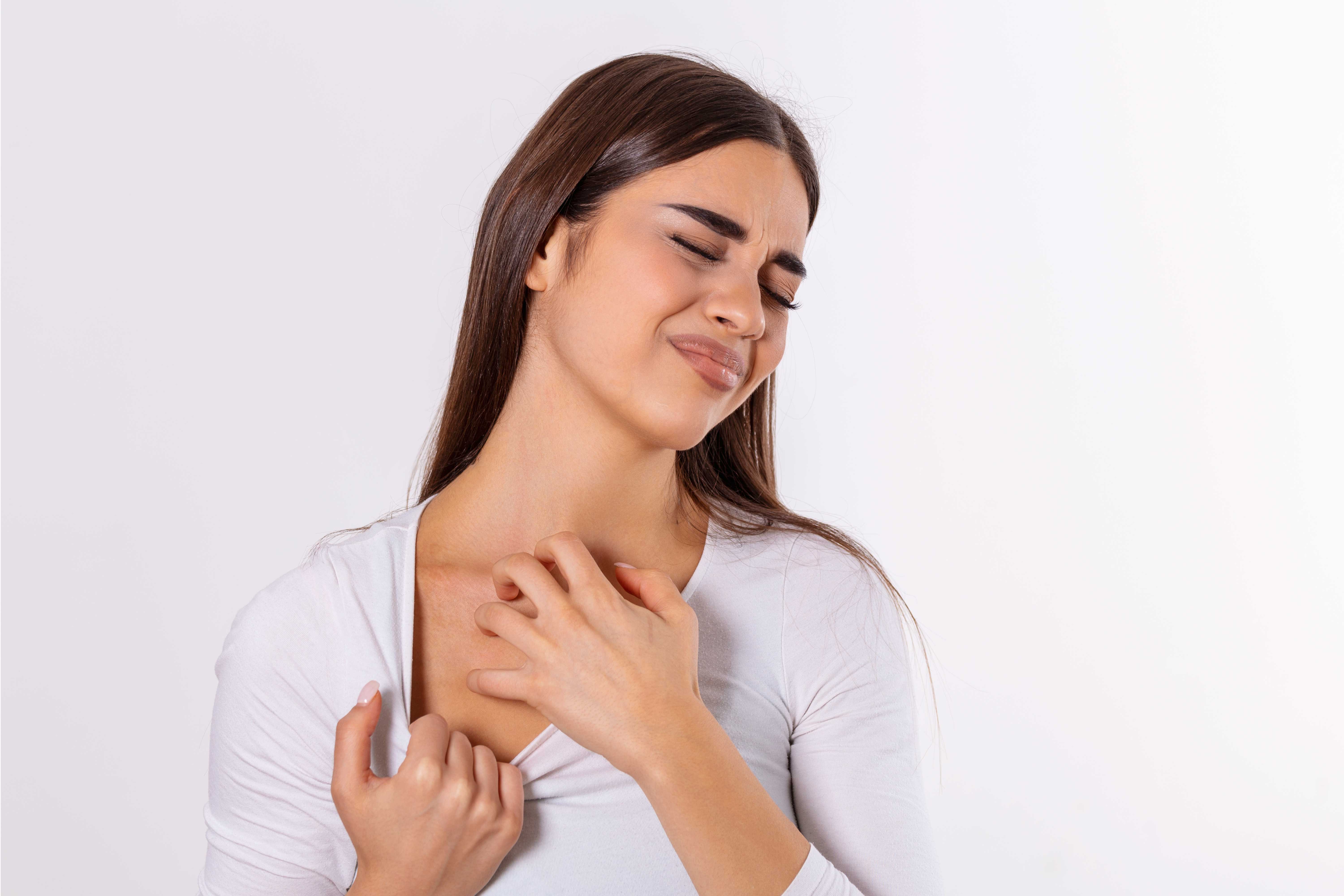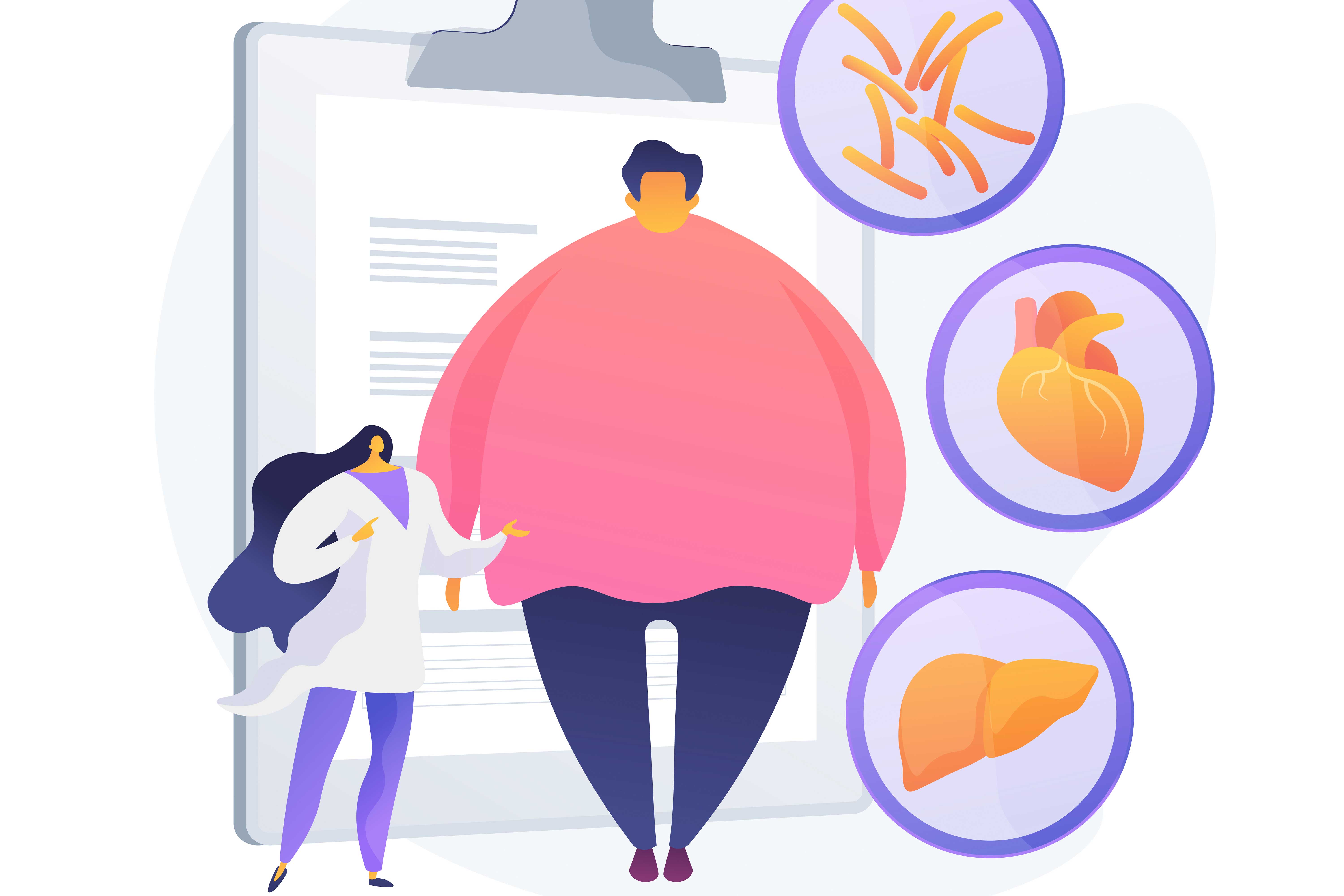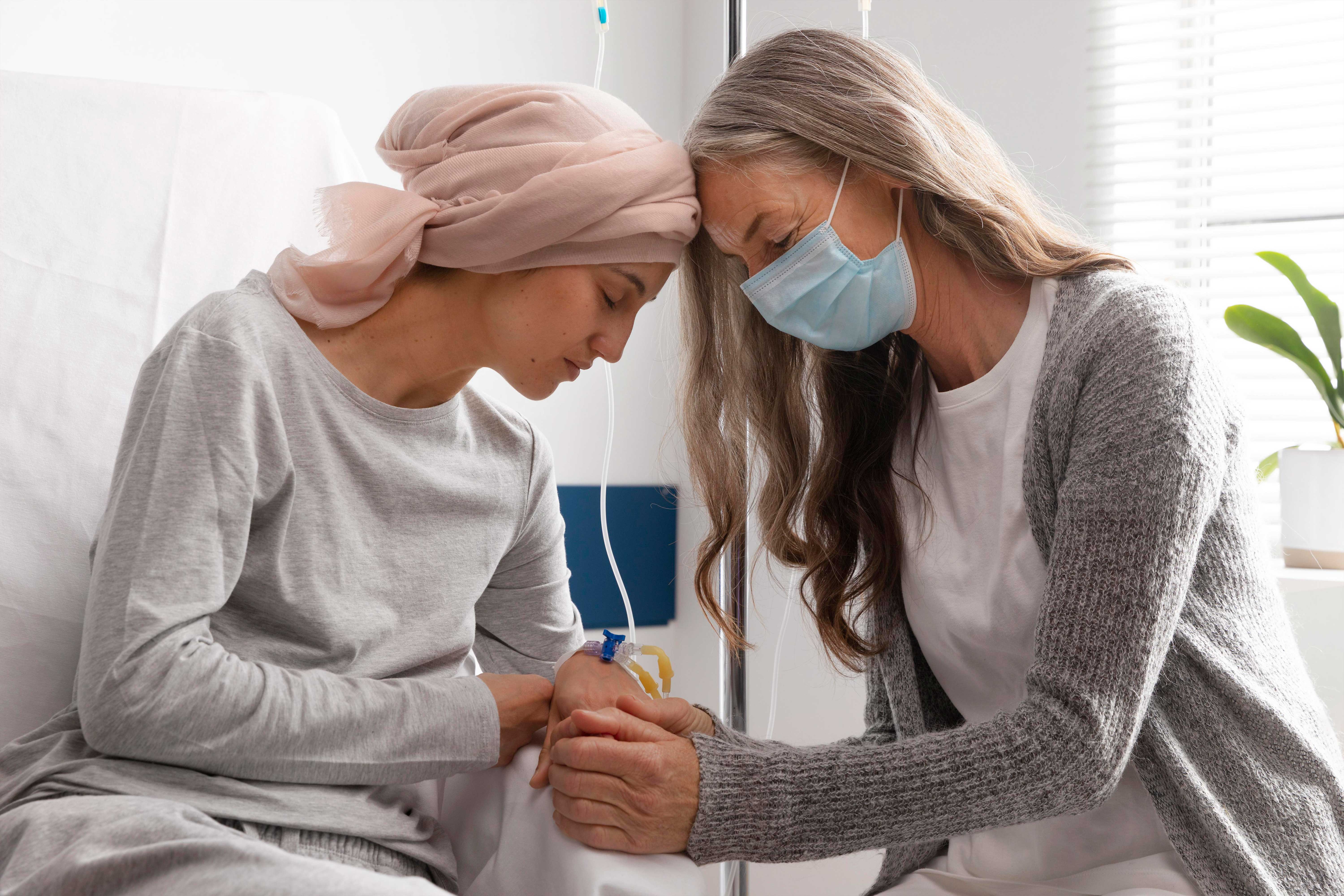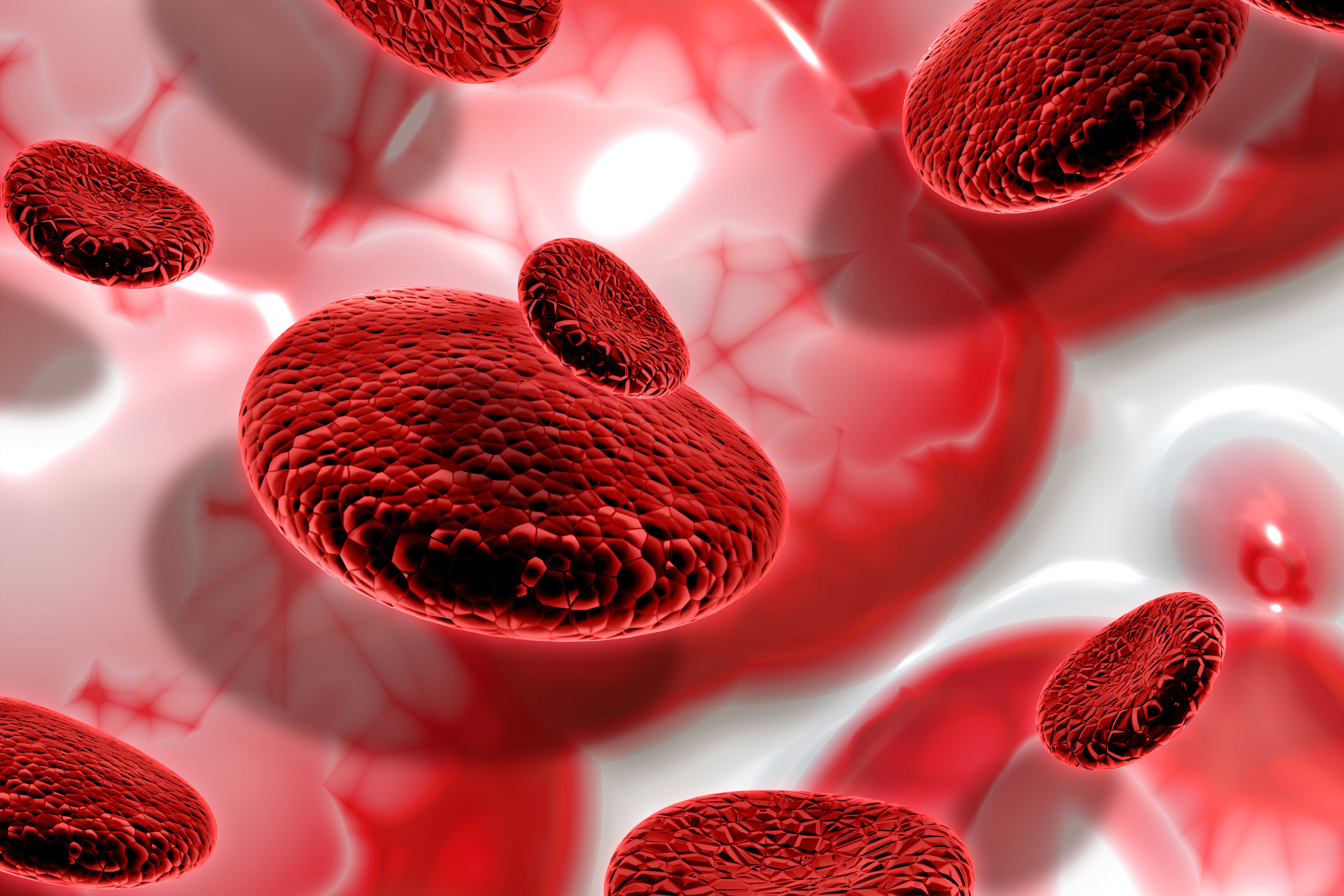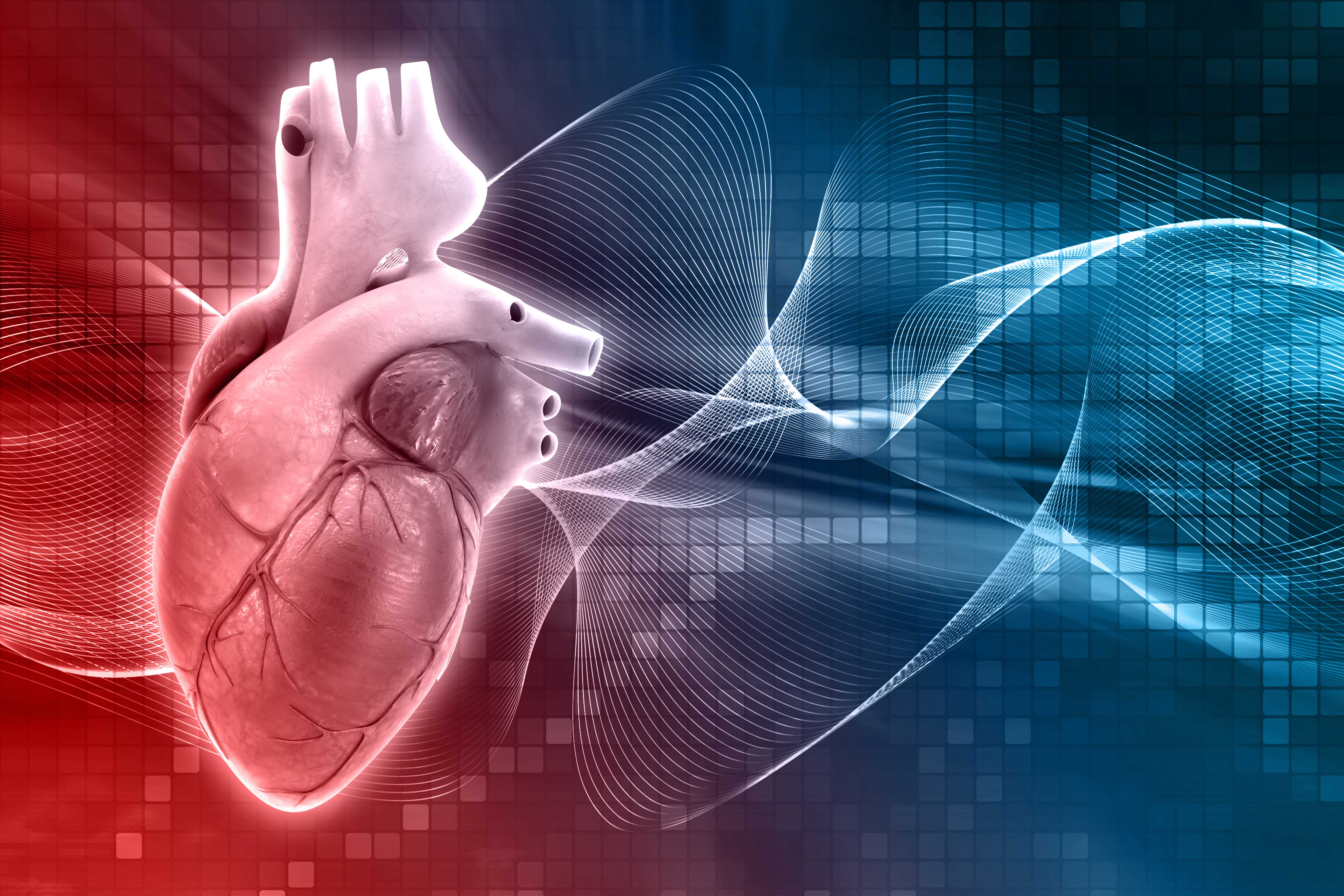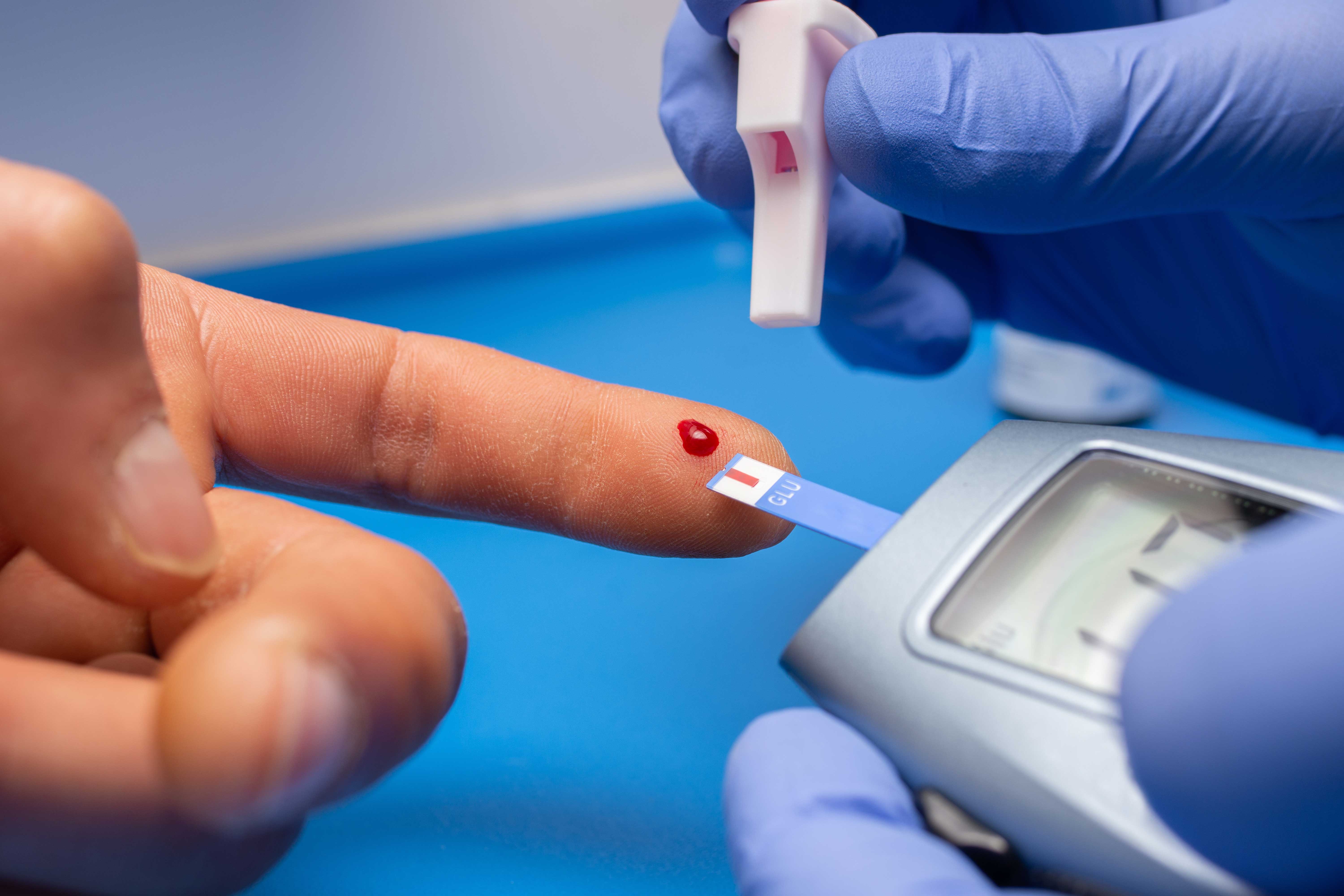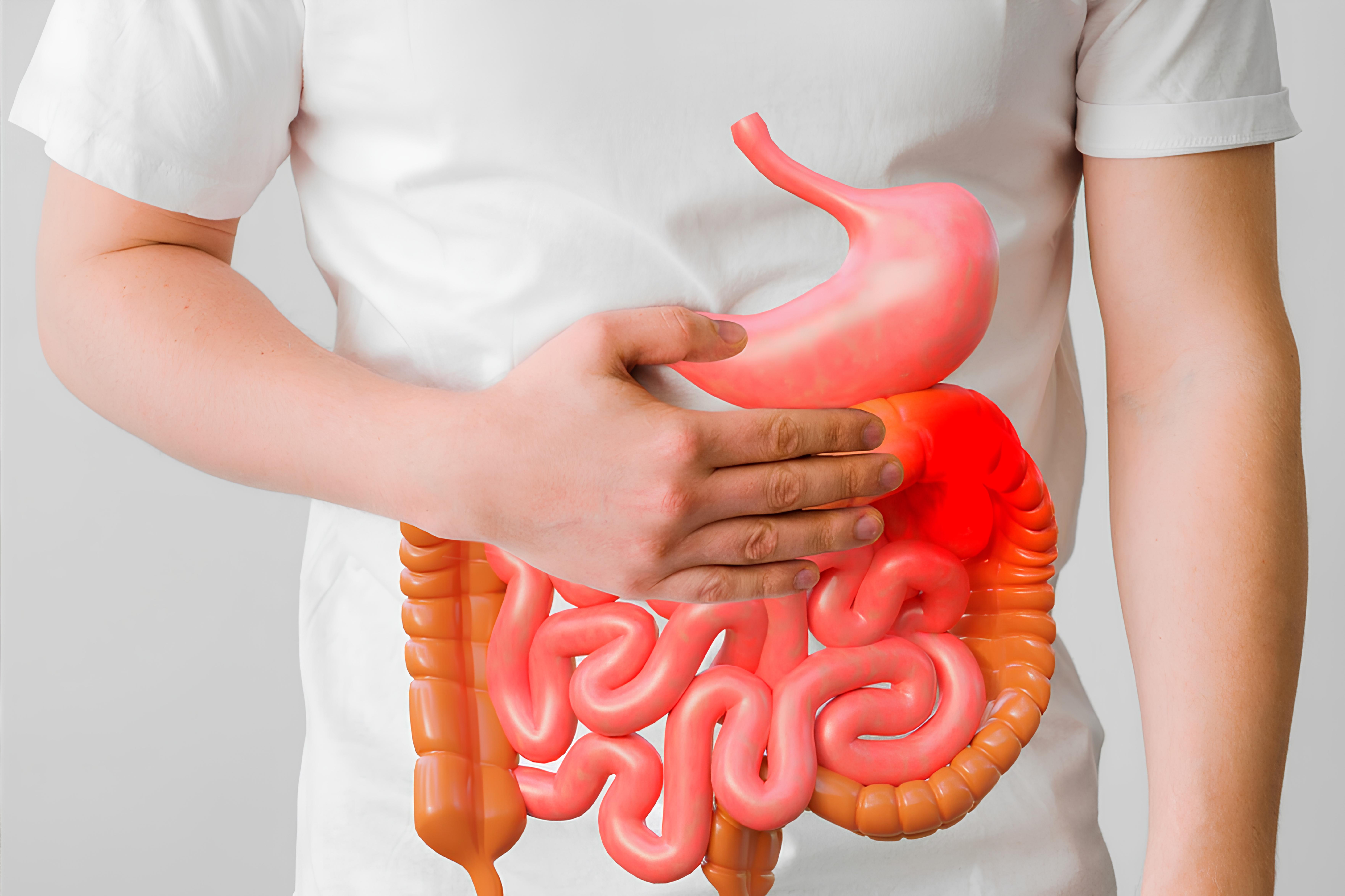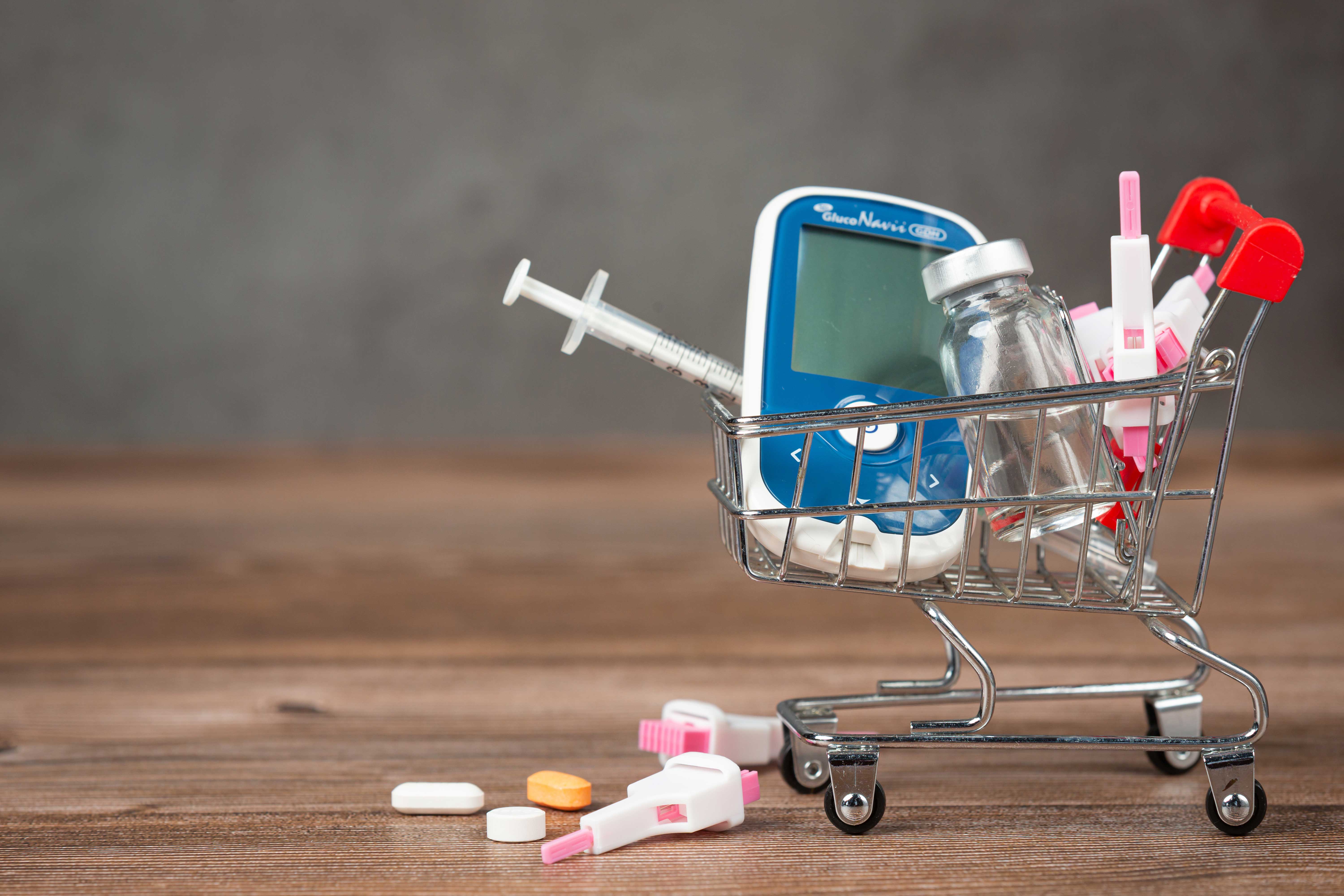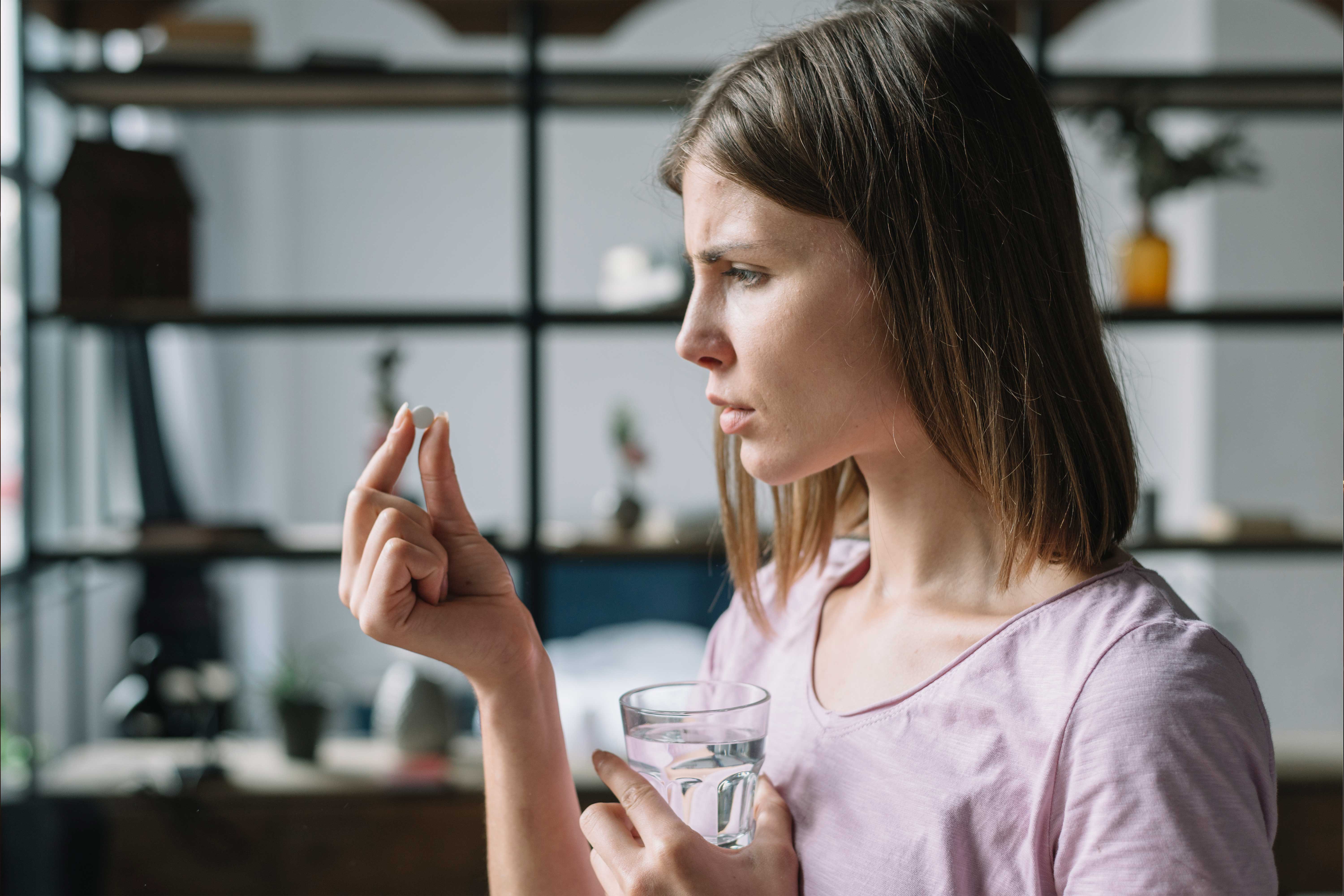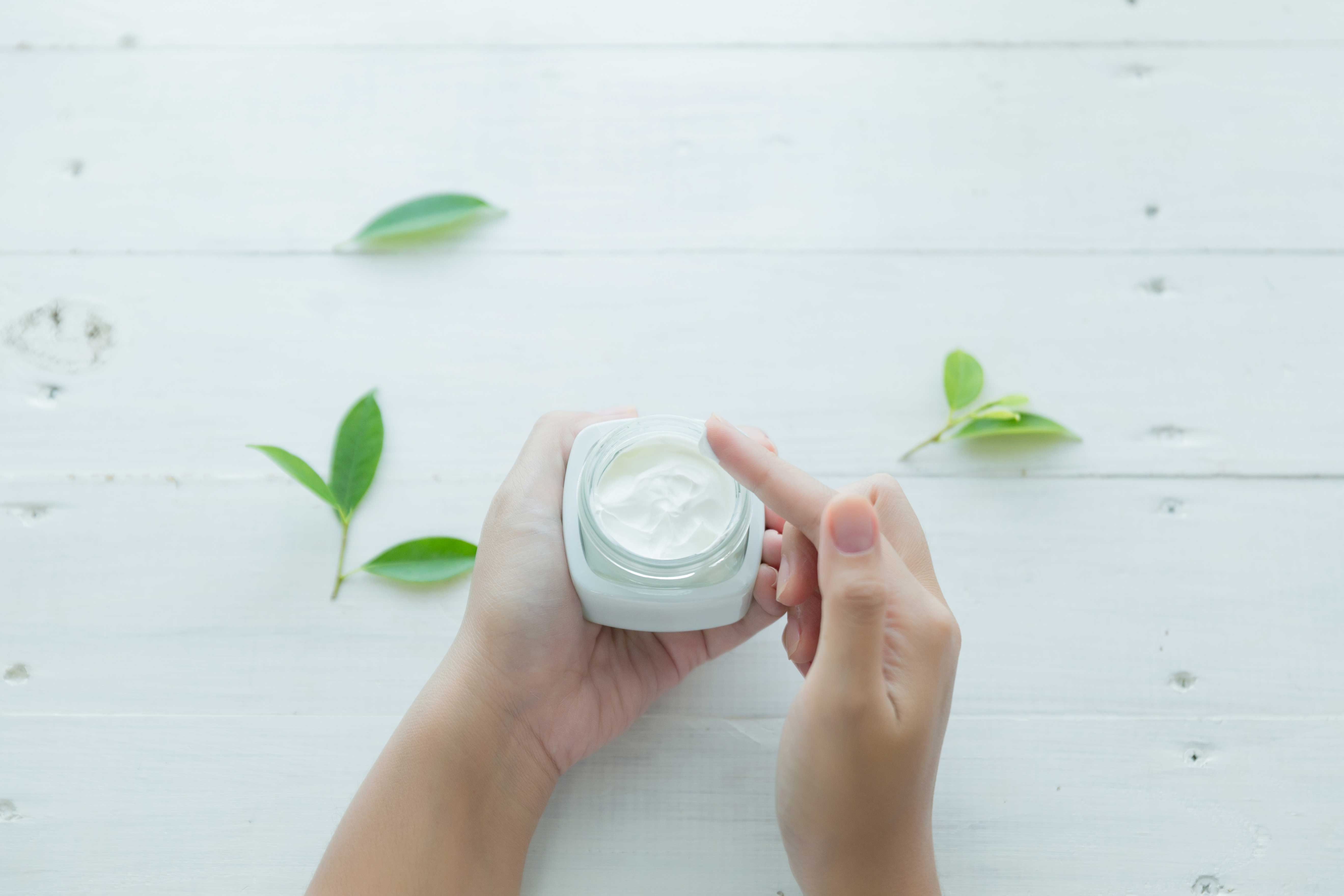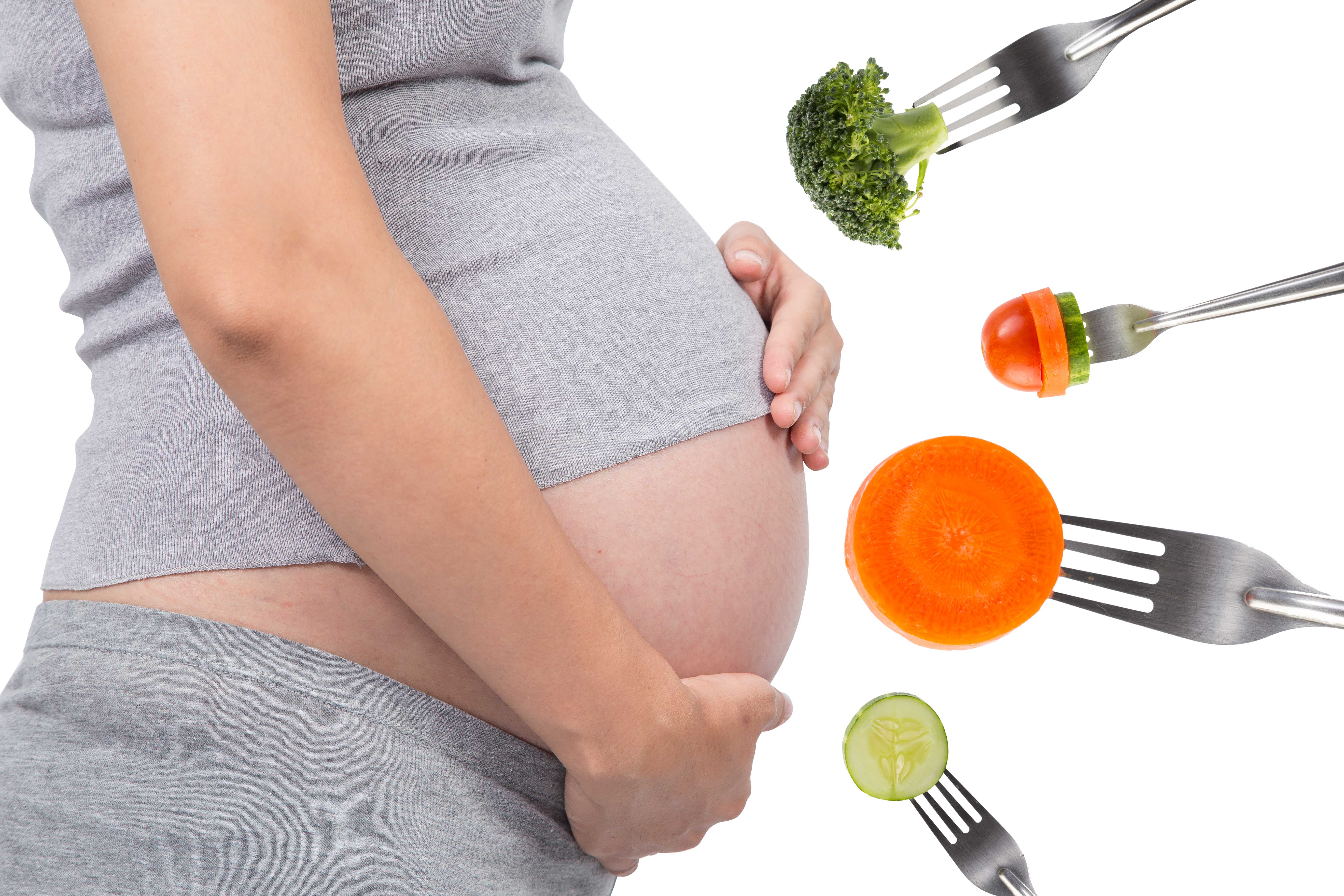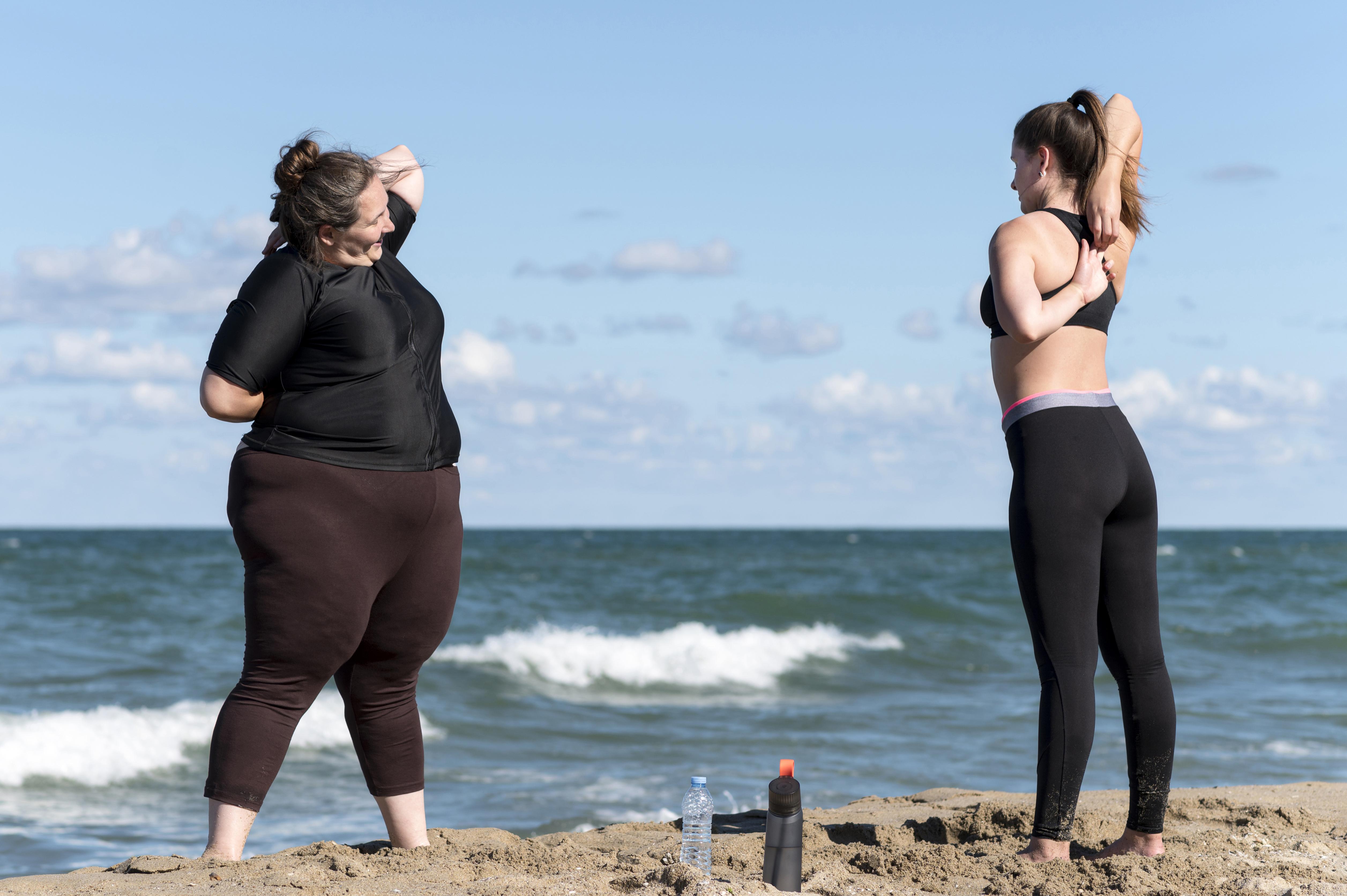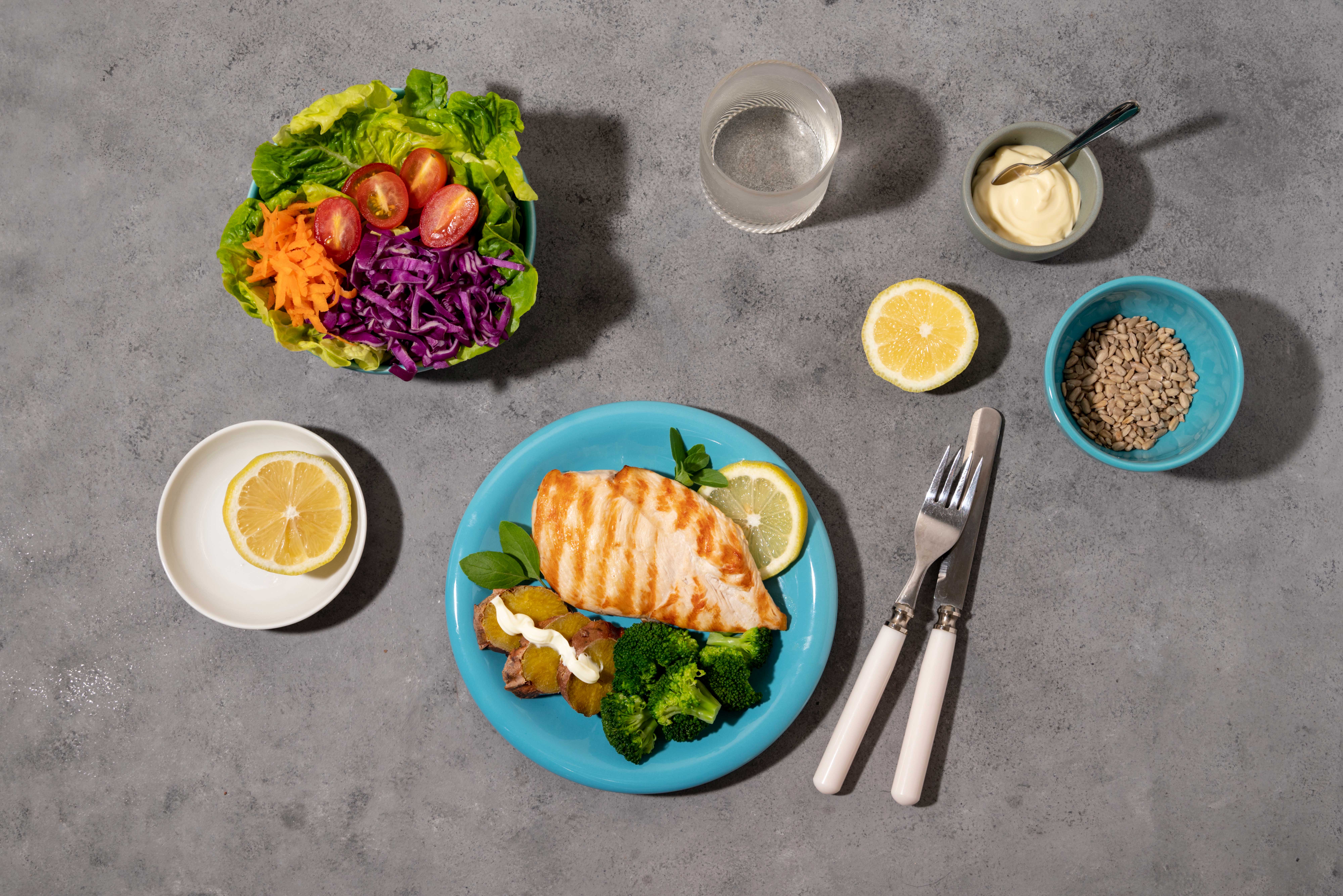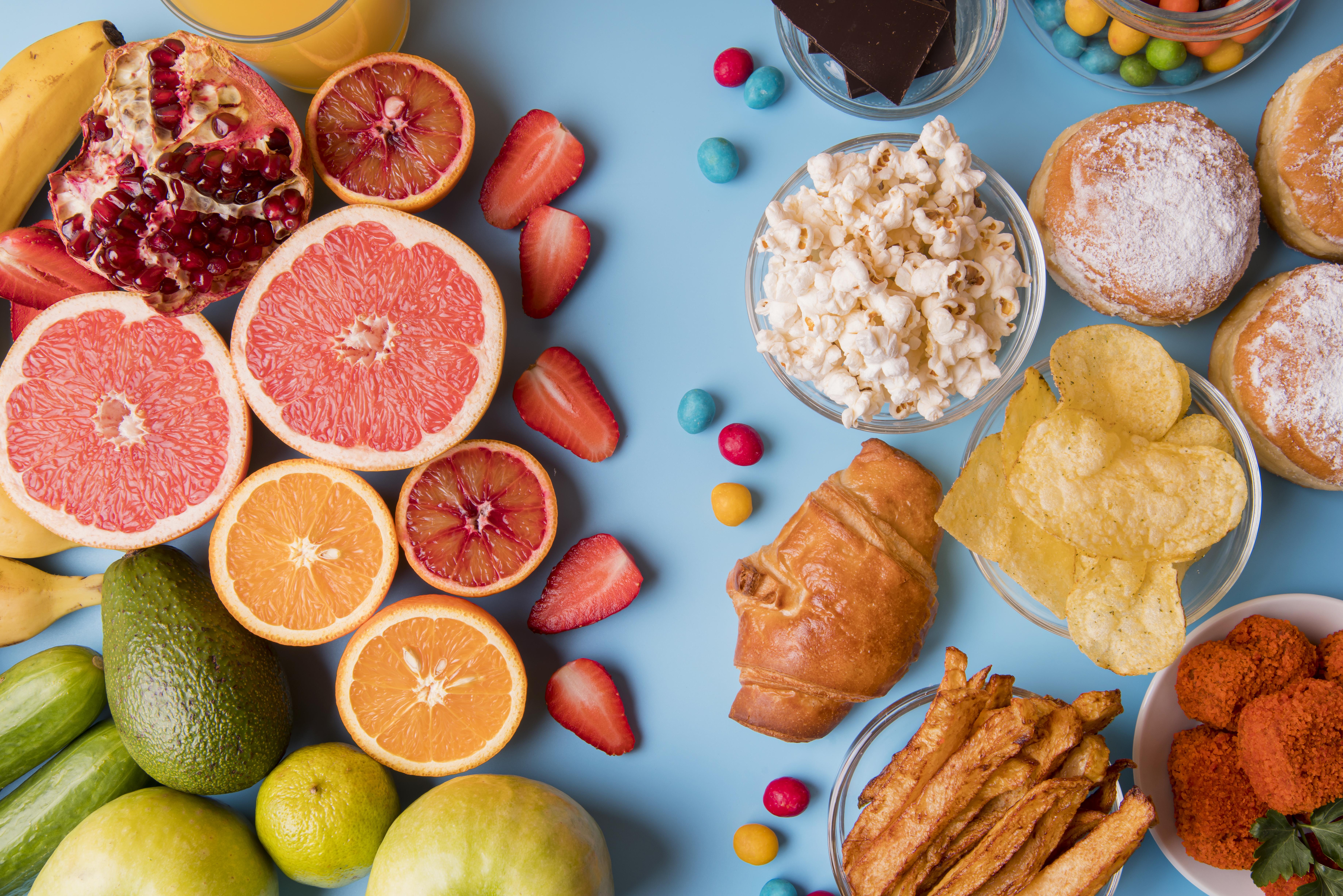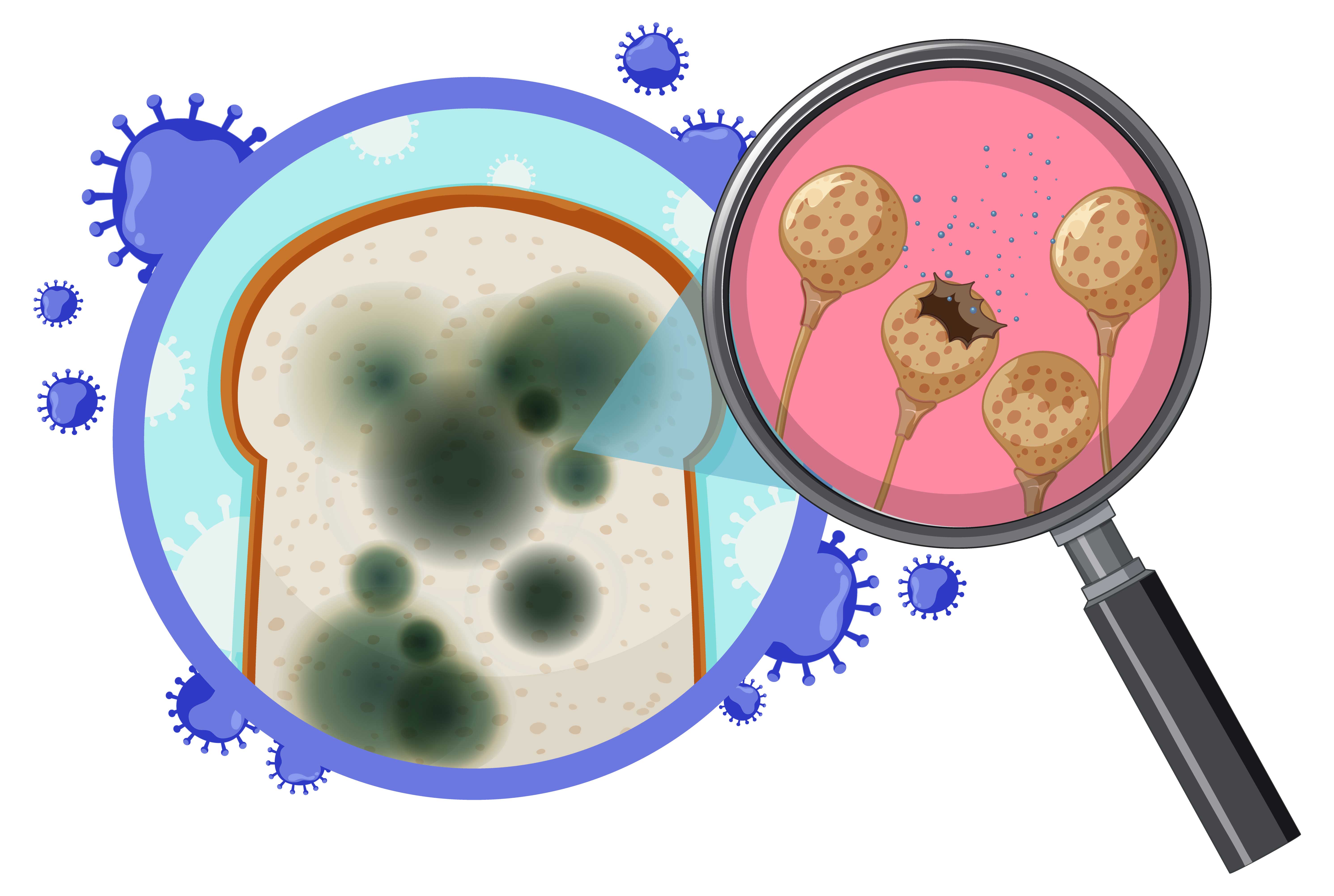Aromatherapy
"Aromatherapy provides vigor and renewal of the body."
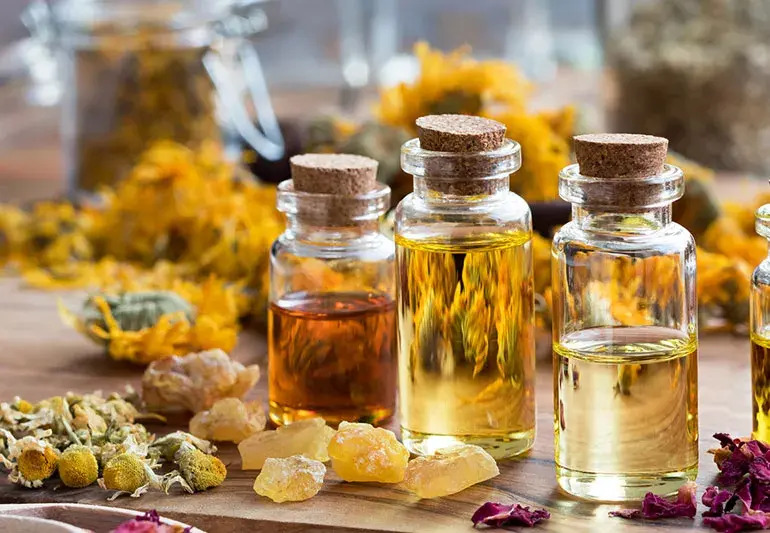
Aromatherapy
Aromatherapy use and applications
Effect mechanism of aromatherapy
Recommendations and warnings regarding aromatherapy applications
Storage conditions of essential oils
1. Adarvishi,
S., Dastoorpoor, M., Fayazi, S., Asadi, M., Asadizaker, M., Mahmoodi, K. (2016). The Effects Of
Aromatherapy Massage Using Peppermint Oil On Physiological Indicators After
Laparoscopic Cholecystectomy Surgery: A Control Clinical Trials.
2. Arjmand,
G. R., Bahraminezhad, N., Jafari, S., Faghihzadeh, S., Lotfinia, I., Shimia, M.
(2017). The Effect Of Inhalation Of Aromatherapy Lavender (Essential Oil) On
Post-Operative Discectomy Pain [Article]. Journal Of Zanjan University Of
Medical Sciences And Health Services, 25(110), 80-90.[1][2][1][1]
3. Buckle,
J., Kim, M., Han, S., Cho, M., Hur, J., Kim, K. (2016). Clinical Aromatherapy.
Elsevier.
4. Dimitriou,
V., Mavridou, P., Manataki, A., & Damigos, D. (2017). The Use Of
Aromatherapy For Postoperative Pain Management: A Systematic Review Of
Randomized Controlled Trials. Journal Of Perianesthesia Nursing, 32(6).
5. Hines,
S., Steels, E., Chang, A.,Gibbons, K. (2018). Aromatherapy For Treatment Of
Postoperative Nausea And Vomiting. Cochrane Database Of Systematic Reviews(3)
6. Hu,
P. H., Peng, Y. C., Lin, Y. T., Chang, C. S., Ou, M. C. (2010). Aromatherapy
For Reducing Colonoscopy Related Procedural Anxiety And Physiological
Parameters: A Randomized Controlled Study. Hepatogastroenterology, 57(102-103),
1082-1086.
7. Sabir
S. (2014).Pharmacological attributes and nutritional benefits of tea tree oil.
Int J Biosci 5(2): 81-90
8. Nasiri
A, Mahmodi MA, Nobakht Z.(2016). Effect of aromatherapy massage with lavender
essential oil on pain in patients with osteoarthritis of the knee: A randomized
controlled clinical trial. Complement Ther Clin Pract 2016; 25: 75-80
9. Velasco-Rodríguez
R.(2019).The effect of aromatherapy with lavender (Lavandula angustifolia) on
serum melatonin levels. Complement Ther in Med 2019; 47: 102208-102215.
10. Ghiasi A,
Bagheri L, Haseli A. A systematic review on the anxiolytic effect of aromatherapy
during the first stage of labor. J Caring Sci 2019; 8(1): 51-60.
11. Swamy MK,
Sinniah UR. A Comprehensive review on the phytochemical constituents and
pharmacological activities ofPogostemon cablin Benth.: An aromatic medicinal
plant of industrial importance. Molecules 2015; 20(5): 8521-8547.
12. Hu PH, et
al., Aromatherapy for reducing colonoscopy related procedural anxiety and
physiological parameters: a randomized controlled study. (2010).


